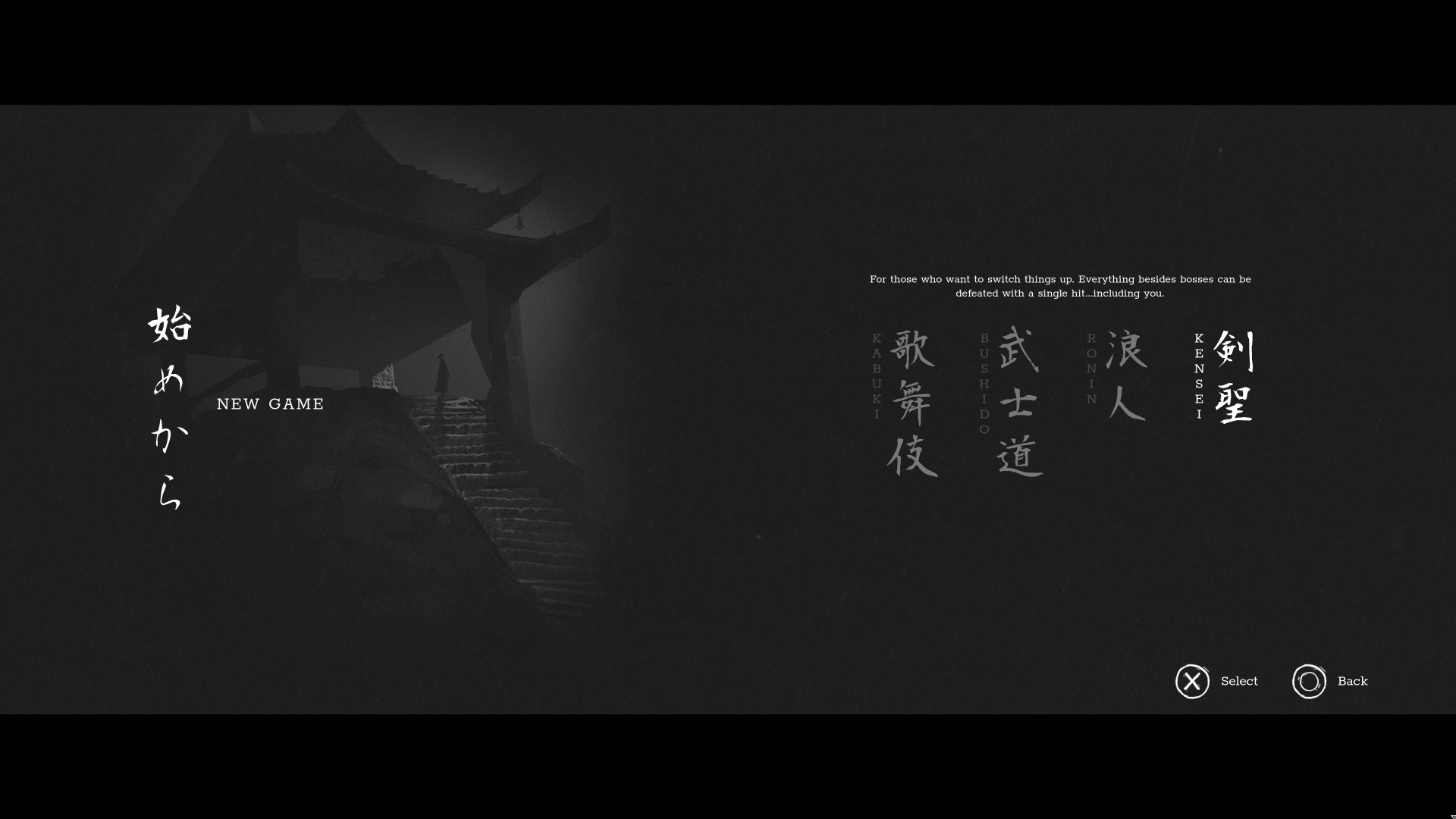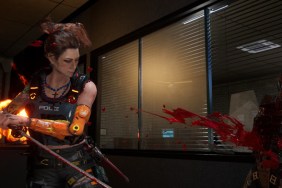
If you can’t get enough Japanese swordplay such as that seen in the excellent Ghost of Tsushima, perhaps you’d like something a bit more focused and less centered on an open world. If so, then Flying Wild Hog may have just the thing with their latest release, Trek to Yomi. Does this different take on the classic samurai genre freshen things up enough, or is it just another hack-and-slash with a samurai vibe? Find out in our Trek to Yomi review.
Taking Things Back
Japan, late Edo period. Orphan Hiroki has been taken in by samurai Sanjuro, and must learn to become the protector he is told he is all but destined to be. Fast-forward several years after one fateful day, and now Hiroki finds himself in charge of the samurai, planning how best to defend his village with his partner and sensei’s daughter, Aiko. Naturally, things don’t go completely to plan, and soon Hiroki finds himself in a strange, otherworldly land, the titular Yomi. Now, he must overcome seemingly insurmountable odds to avenge a shattered town, restore his honor, and maybe reunite with his one true love. Trek to Yomi has the makings of an old-fashioned samurai flick, and that is no mistake.
Ghost of Tsushima had a Kurosawa mode which emulated the late Japanese director’s films by showing the game in black-and-white with pared-down audio. Trek to Yomi has a similar color scheme as this, except it is not a setting, as the entire game is portrayed this way. Only the bloom and film grain effects can be toggled. Creative Director Leonard Menchiari wanted players to be inspired to watch these classic films, and thus the entire game is presented without a hint of color. It may be jarring to those who are not used to seeing such a style, but it’s not hard to tell when things are on fire, or it’s raining, or even what time of day it is. Trek to Yomi does a great job of evoking such classic storytelling.
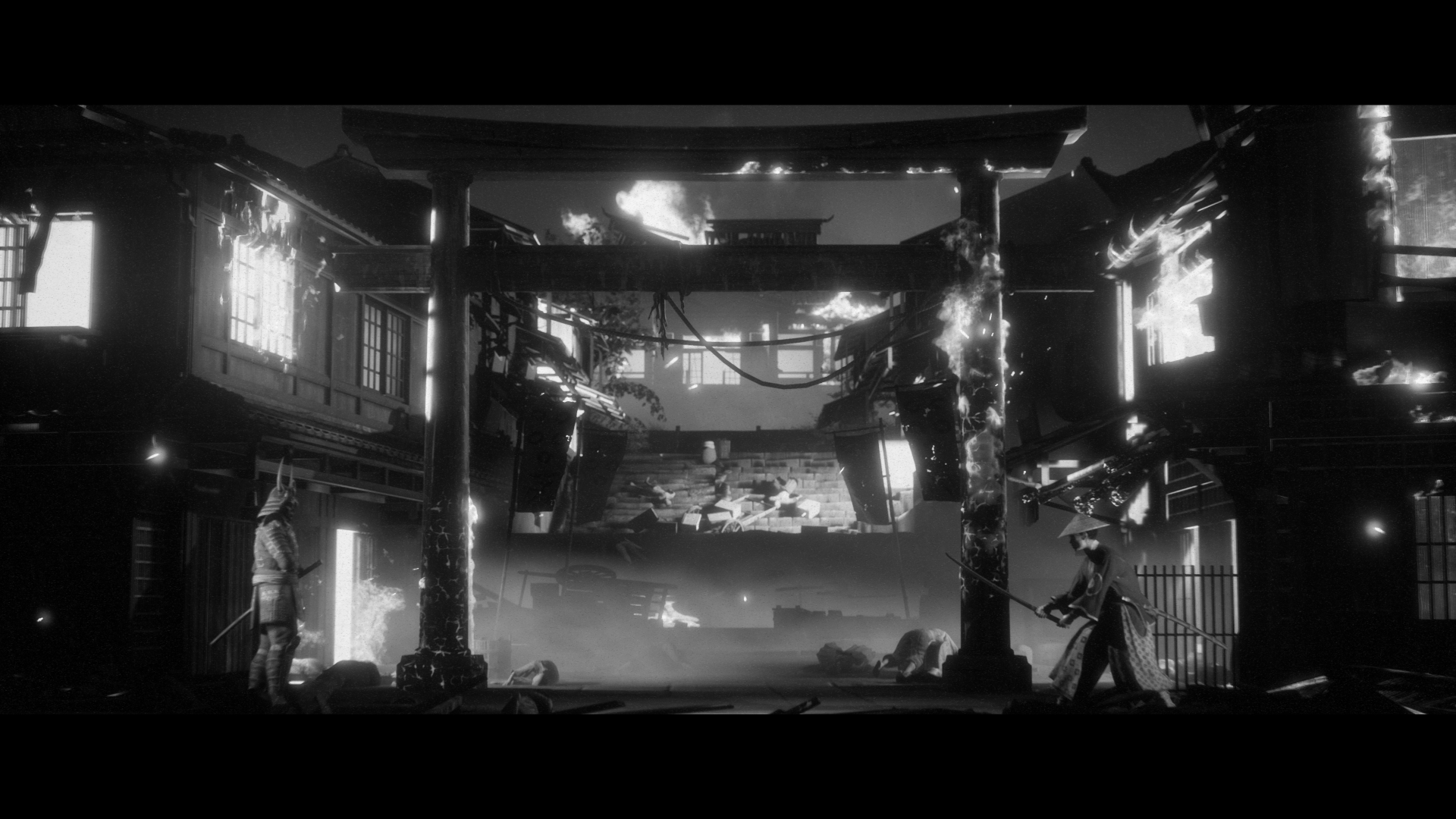
Great Ebb and Flow of Combat
Combat in Trek to Yomi takes place in a 2D plane within the otherwise 3D world. The player takes on one enemy at a time, even if there are five or more enemies waiting in the wings. New skills are unlocked by exploring the area, or helping villagers out from time to time. Though initially Hiroki must manually turn to face his enemies in order to defend himself, eventually he learns to automatically block in the proper direction, how to roll, use shuriken, a bow and arrow, and even an Ozutsu pistol which is very powerful but incredibly slow to use. Naturally, though, since Hiroki is a samurai, the katana is his weapon of choice.
As combat in Trek to Yomi mostly features one-on-one fights, timing is key. While going in slinging your sword may word on the easy (Kabuki) mode, on normal (Bushido) or high (Ronin) difficulty levels such lacking tactics will not fly. Developer Flying Wild Hog did a fantastic job of not hand-holding, and allowing players to figure out the best tactics to use against certain enemies. This becomes especially important in the game’s unlockable Kensei mode, which becomes available upon completing the campaign at any difficulty level. In this mode, one hit can kill everyone except for bosses. You very quickly notice enemy patterns when your life depends on it, and although the general pace of the game slows down in this mode, it does become much more intense.
Outside of the unlockable Kensei mode, a few incentives exist to coax players into giving the experience another go. There are multiple endings to see in Trek to Yomi, depending on the choices players make at a few key moments in the story. Within each chapter, there are also various collectibles to obtain, usually hidden in a side room or alley outside of the more obvious path the player is supposed to take. Unfortunately, there is no easy way to go back and replay a chapter, so be sure you check everywhere you can before moving on if you are a completionist. There aren’t even different save slots, which would be helpful when trying to see all that the game has to offer without repeating content too often. The omission of these features is a bit jarring in an otherwise modern game.
Just About Right
Technically, Trek to Yomi has some cinematic flair, but the game serves mostly as a vessel to tell a story. The Unreal Engine runs the show, and the graphics are par for the course. There’s no hyper-styling going on, as things stay mostly grounded (except for the whole trip to the underworld and especially with the endgame boss), and as such the PS5 has no problems keeping up with the onscreen action. There’s use of vibration during combat and when falling, but otherwise no console-specific features are used. Levels load within less than a handful of seconds, and the tech mostly stays out of the player’s way to let the game tell the story. That story is told through cinematics that are excellently voiced by talented voice artists from such anime shows as Naruto, Ghost in the Shell, Rising of the Shield Hero, One Piece, and more.
Trek to Yomi is a challenging, relatively quick trip to the past that is sure to entertain fans of old samurai films. The mechanics are easy to pick up, but difficult to master. The story is engaging, and surprisingly branches with different endings. With a campaign length of around 5 – 7 hours for most players and priced right at $19.99, this is a game that doesn’t overstay its welcome. Repeating sections is not easy with no real save management, and the 2D combat may not appeal to everyone, but it’s hard to ignore the authentic look and feel that such a design choice adds to Trek to Yomi. If you’ve got a day or two to spare, this is one to not overlook.
-
Fun, nuanced combat
-
Excellent voice acting
-
Like watching an old samurai flick
-
2D combat may not appeal to some
-
No easy way to replay segments
Trek to Yomi PS5 Review
-
Trek to Yomi PS5 Review #1
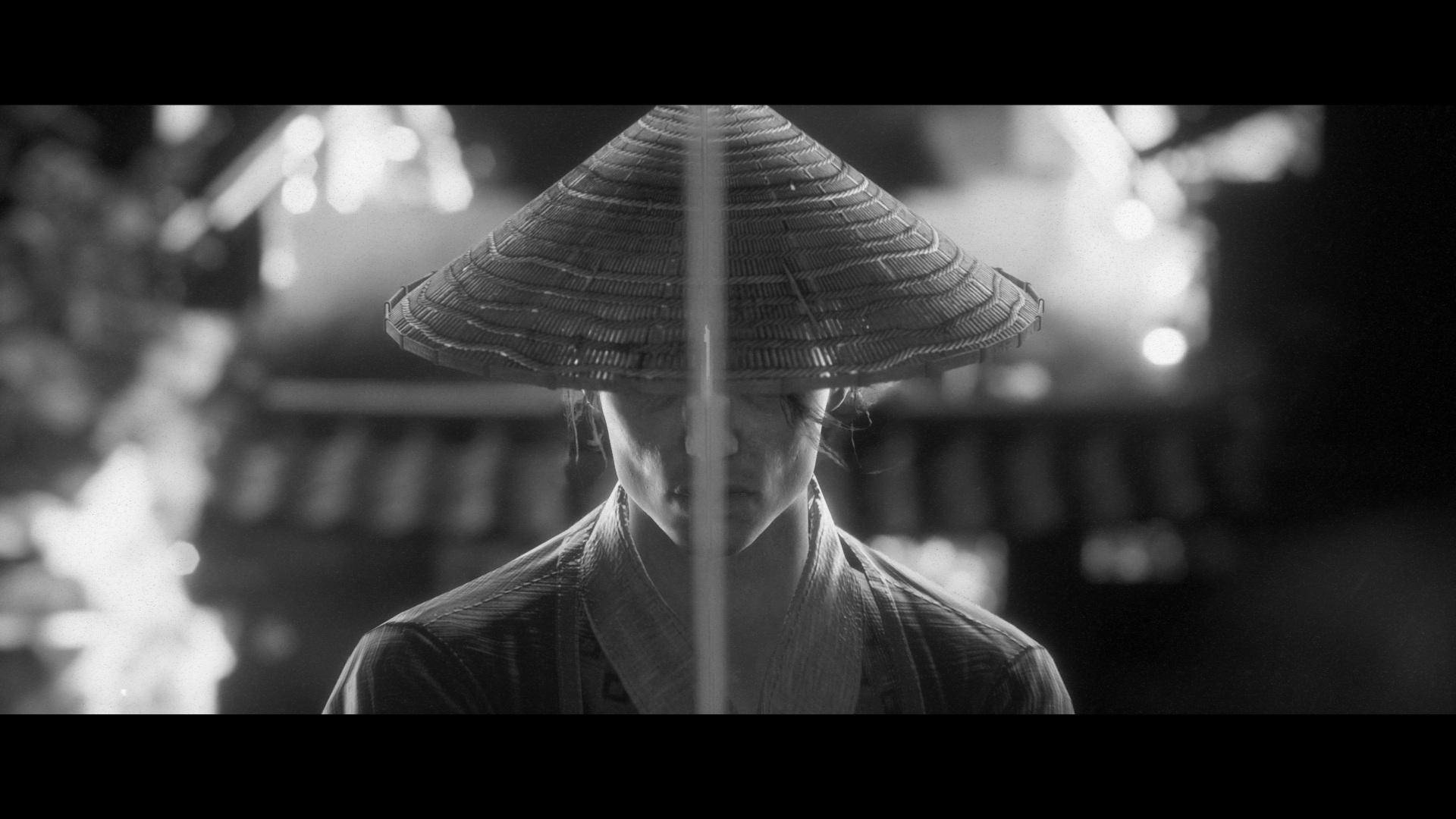
-
Trek to Yomi PS5 Review #2
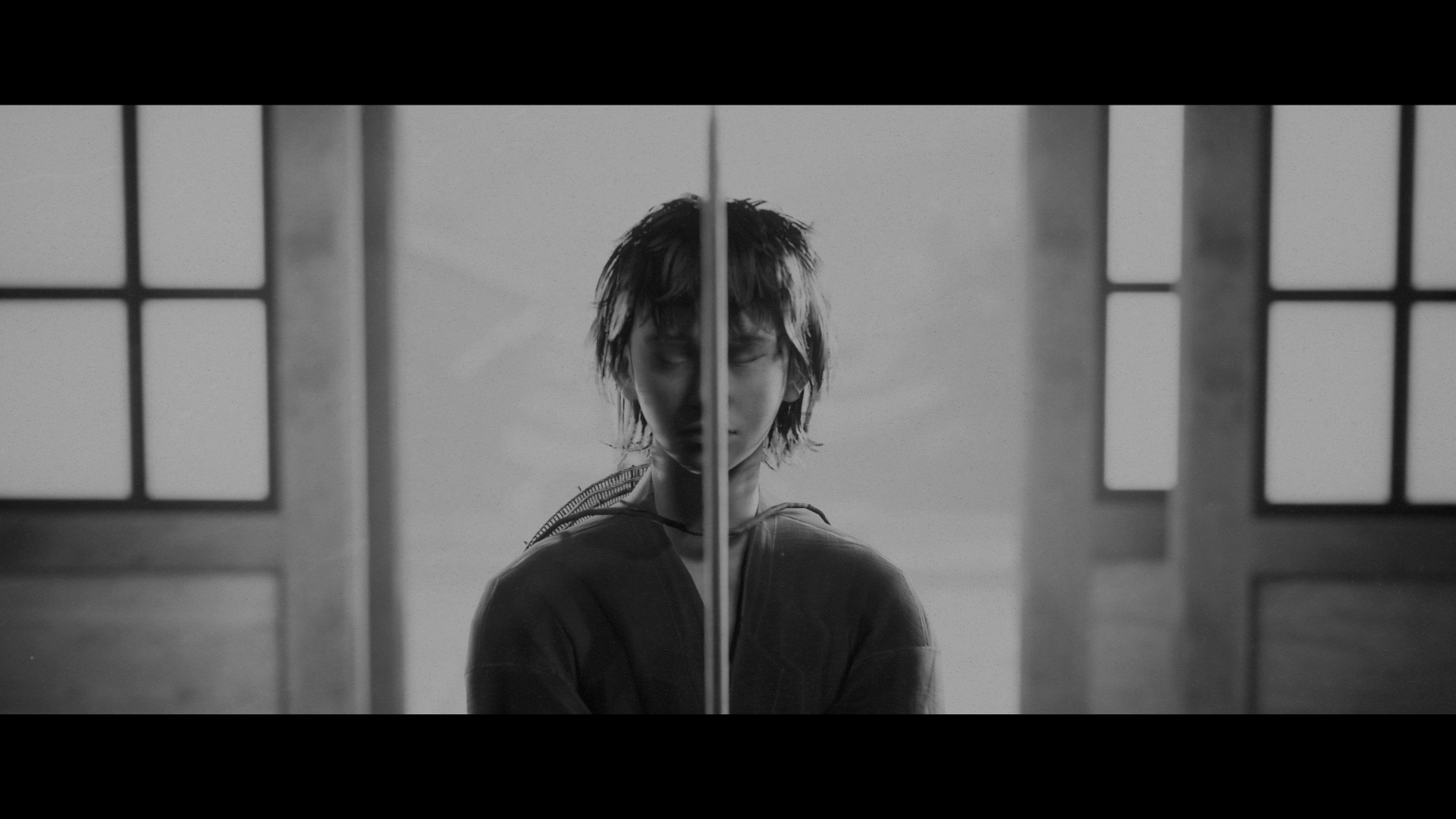
-
Trek to Yomi PS5 Review #3
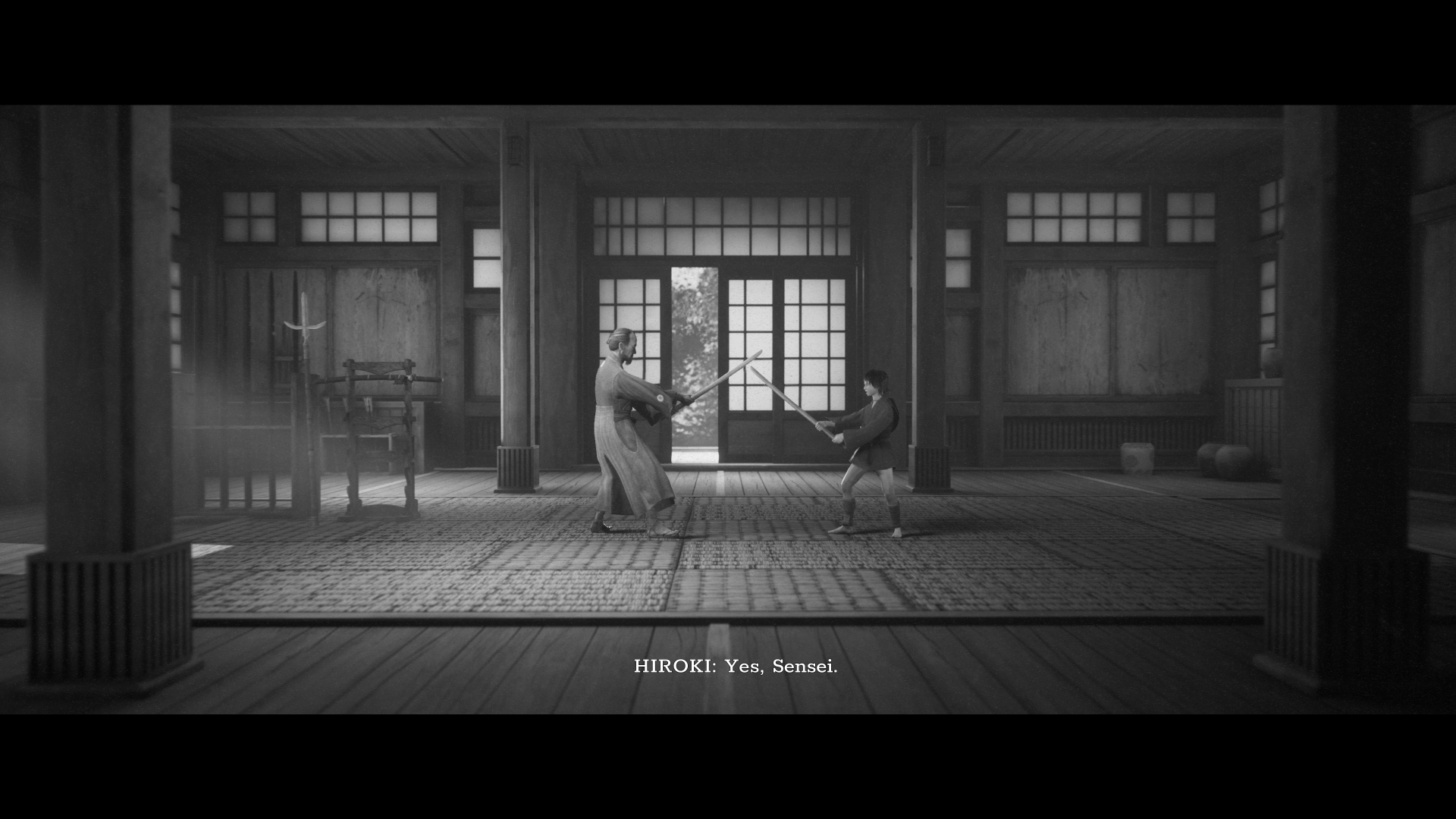
-
Trek to Yomi PS5 Review #4
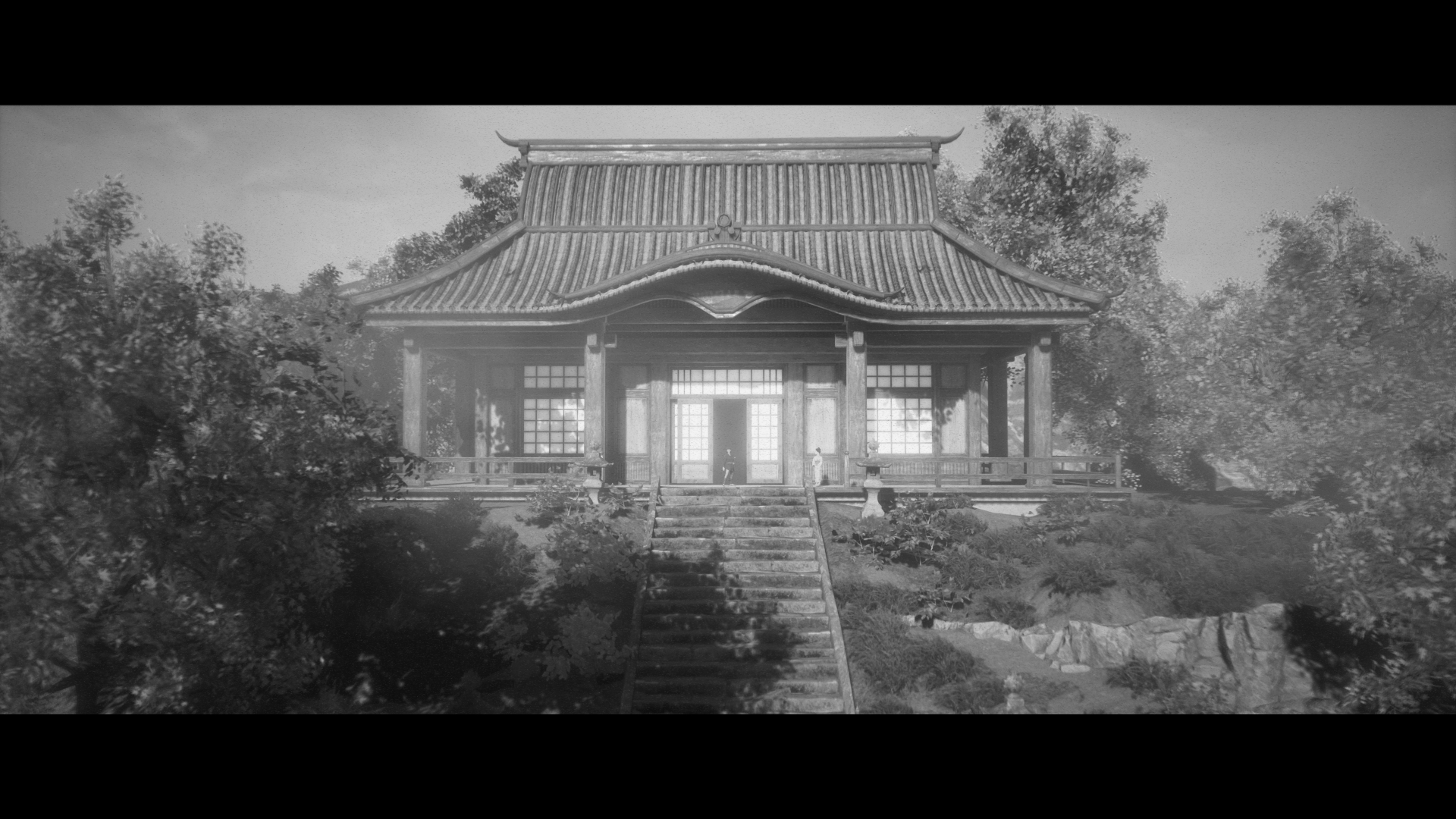
-
Trek to Yomi PS5 Review #5
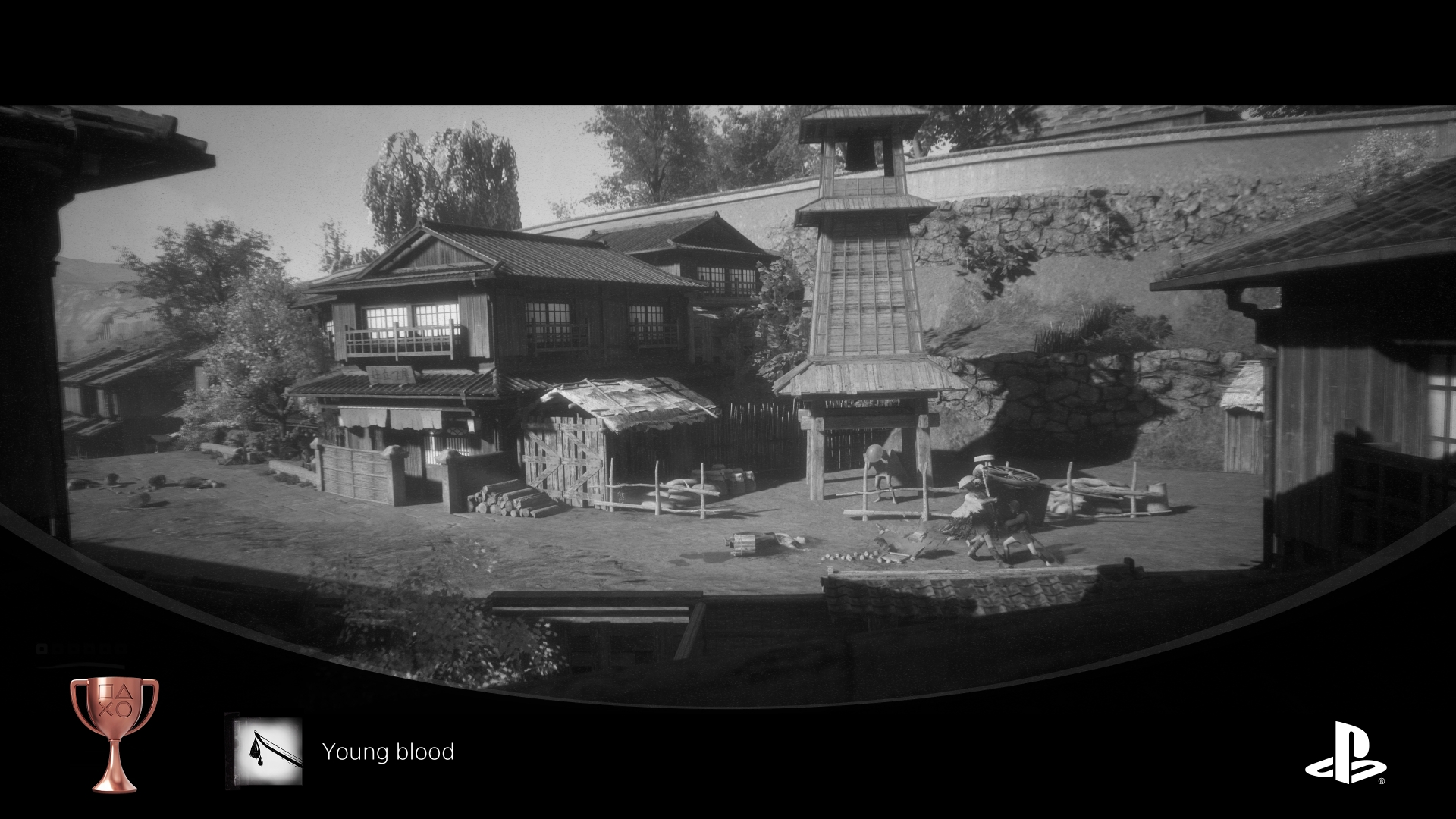
-
Trek to Yomi PS5 Review #6

-
Trek to Yomi PS5 Review #7
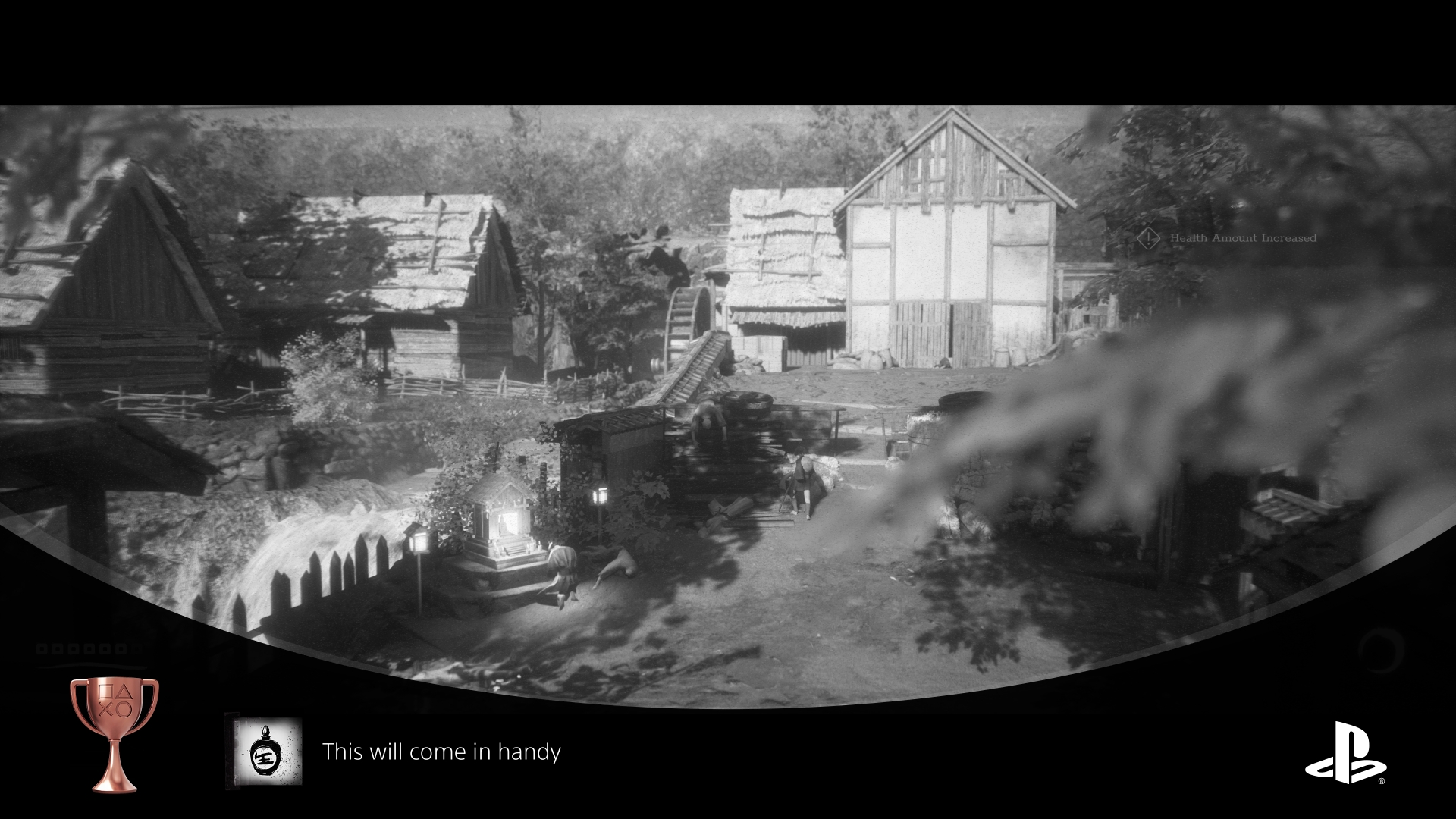
-
Trek to Yomi PS5 Review #8

-
Trek to Yomi PS5 Review #9
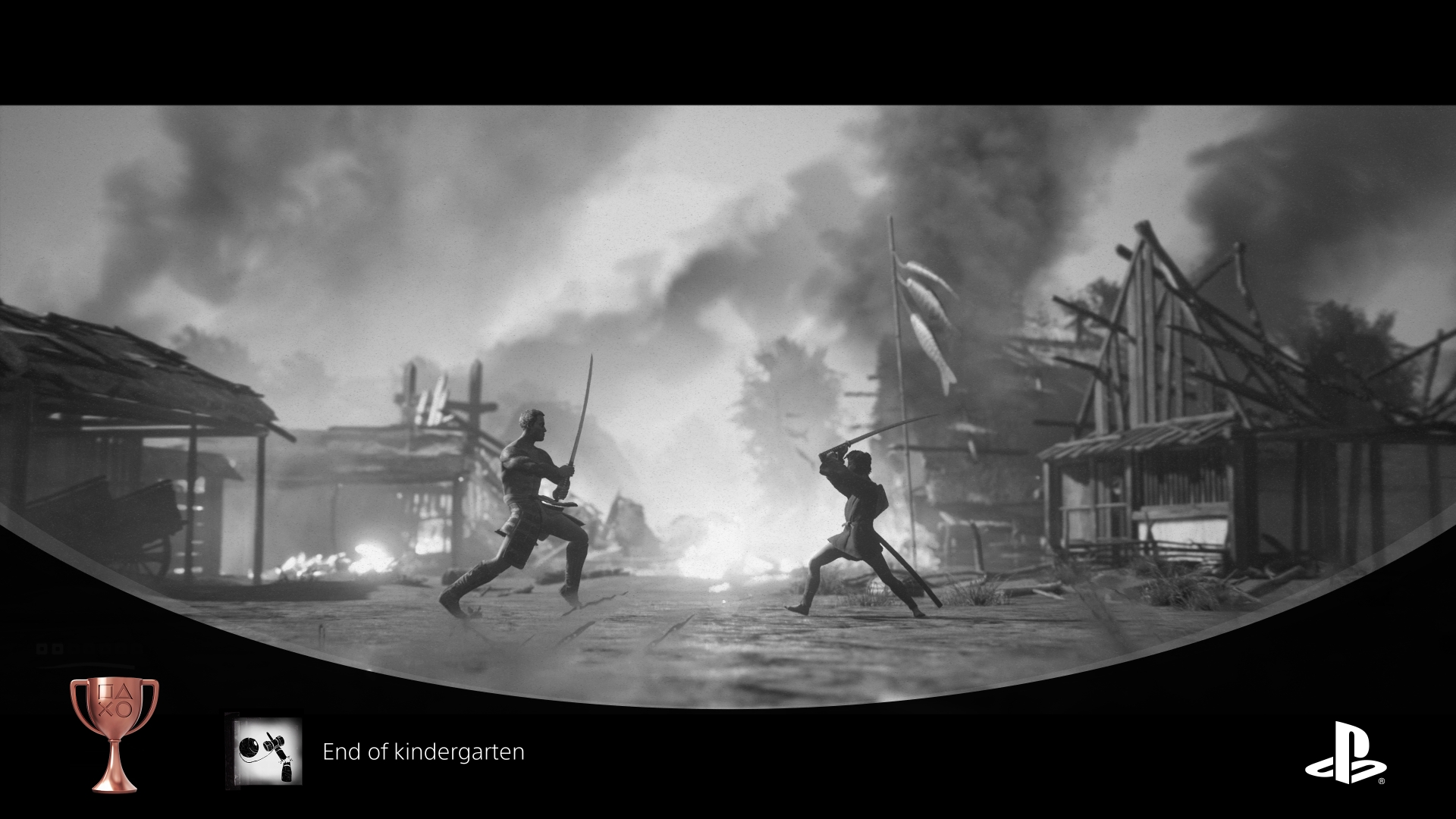
-
Trek to Yomi PS5 Review #10
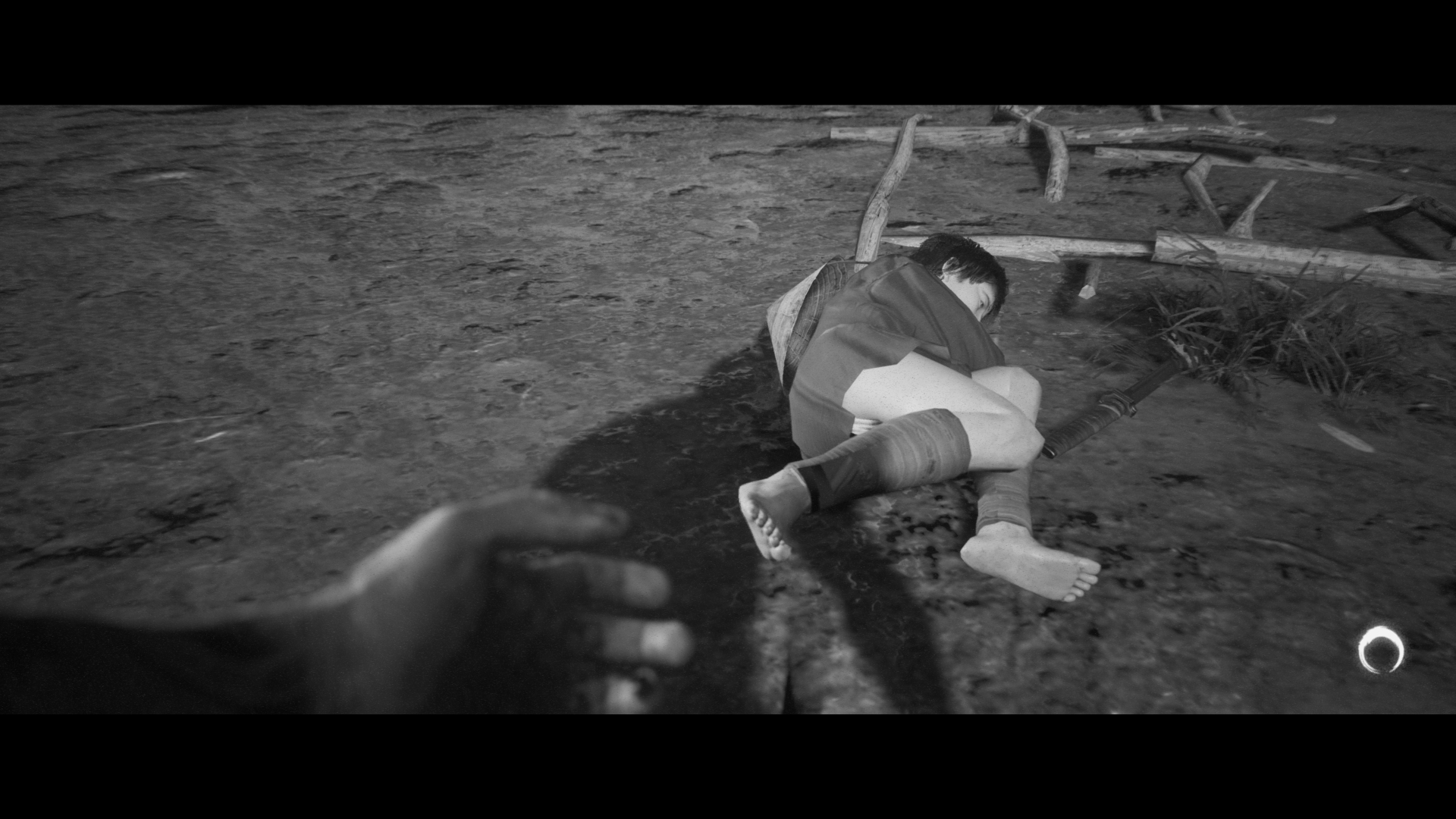
-
Trek to Yomi PS5 Review #11
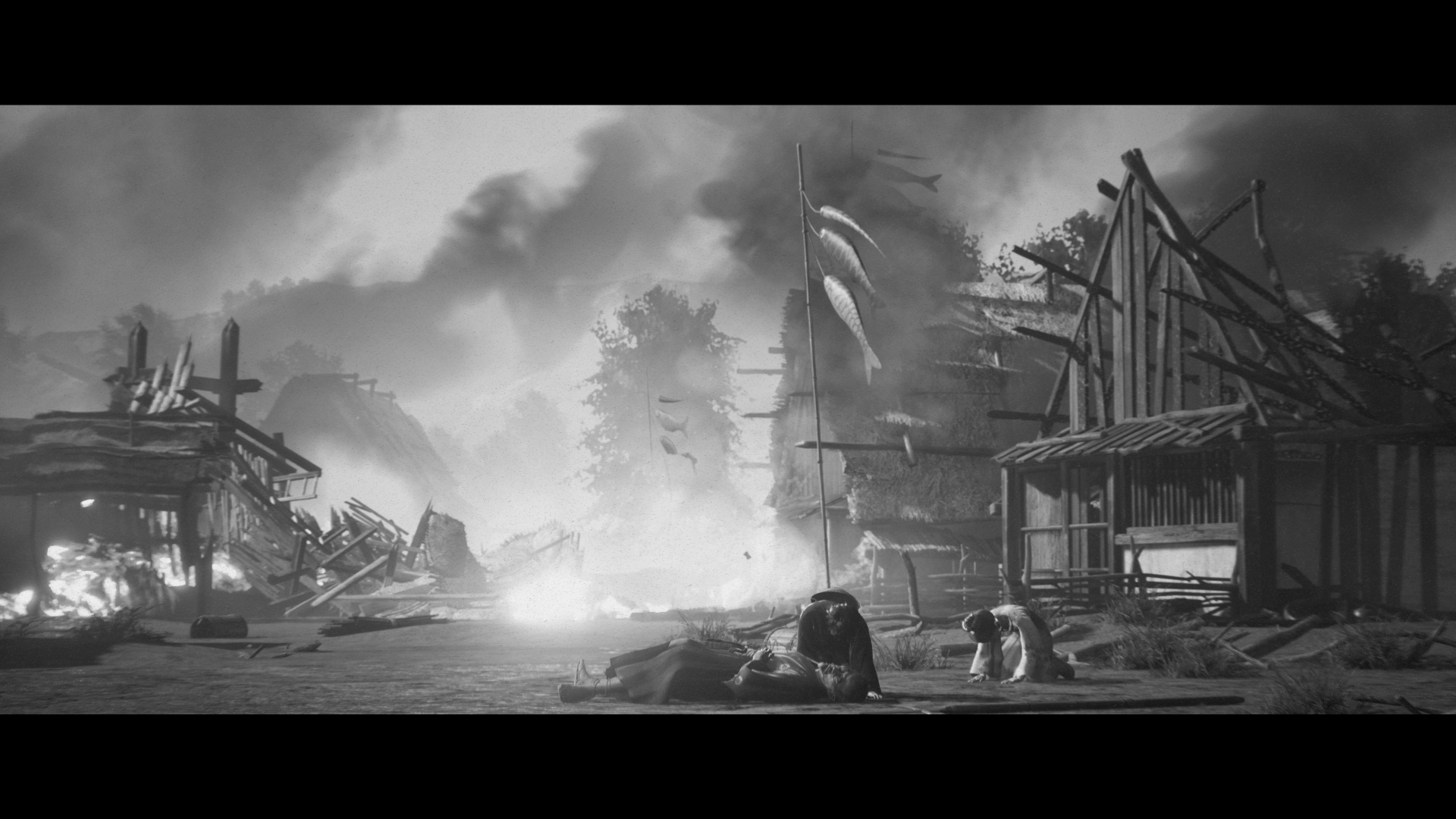
-
Trek to Yomi PS5 Review #12
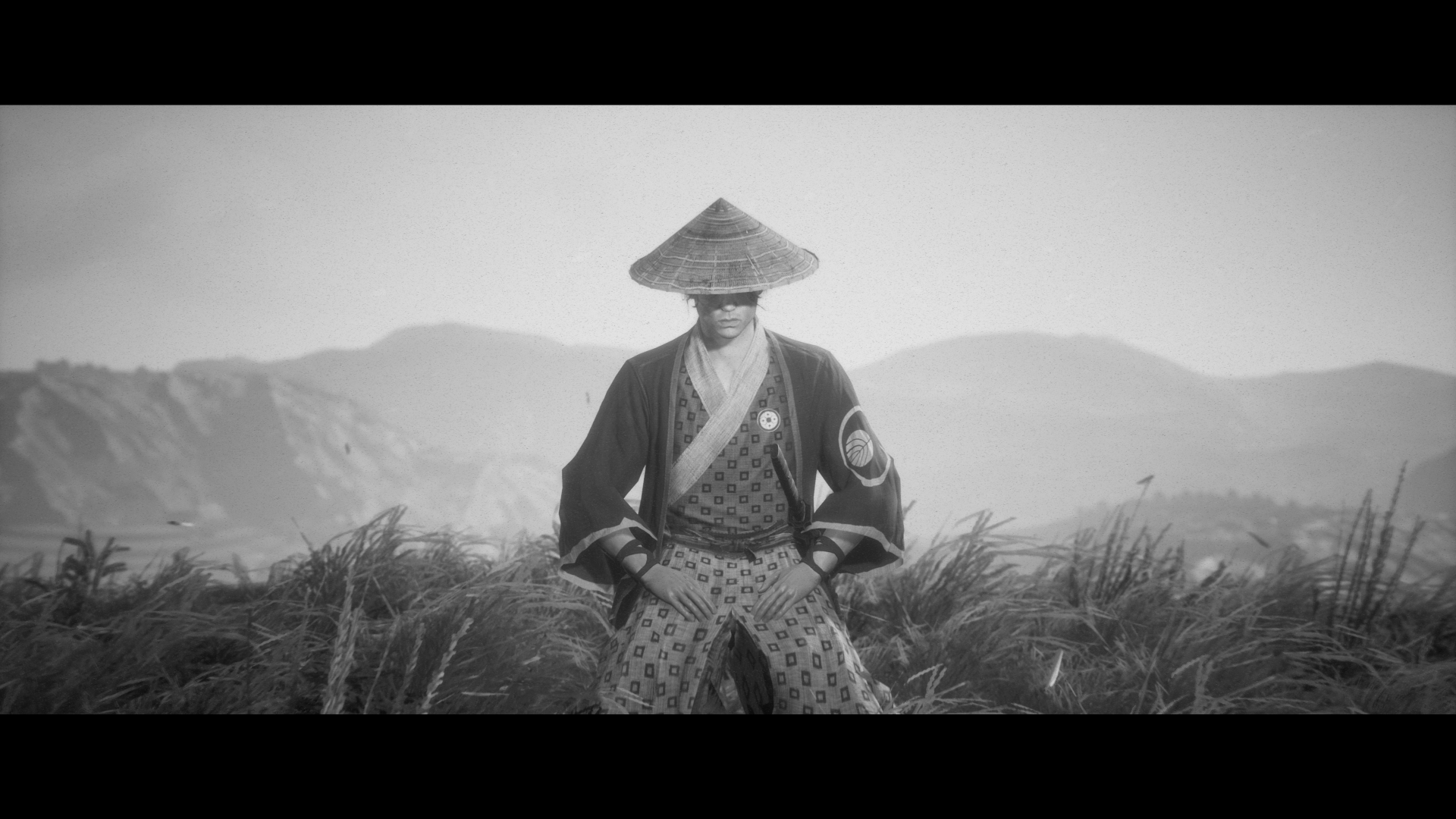
-
Trek to Yomi PS5 Review #13

-
Trek to Yomi PS5 Review #14
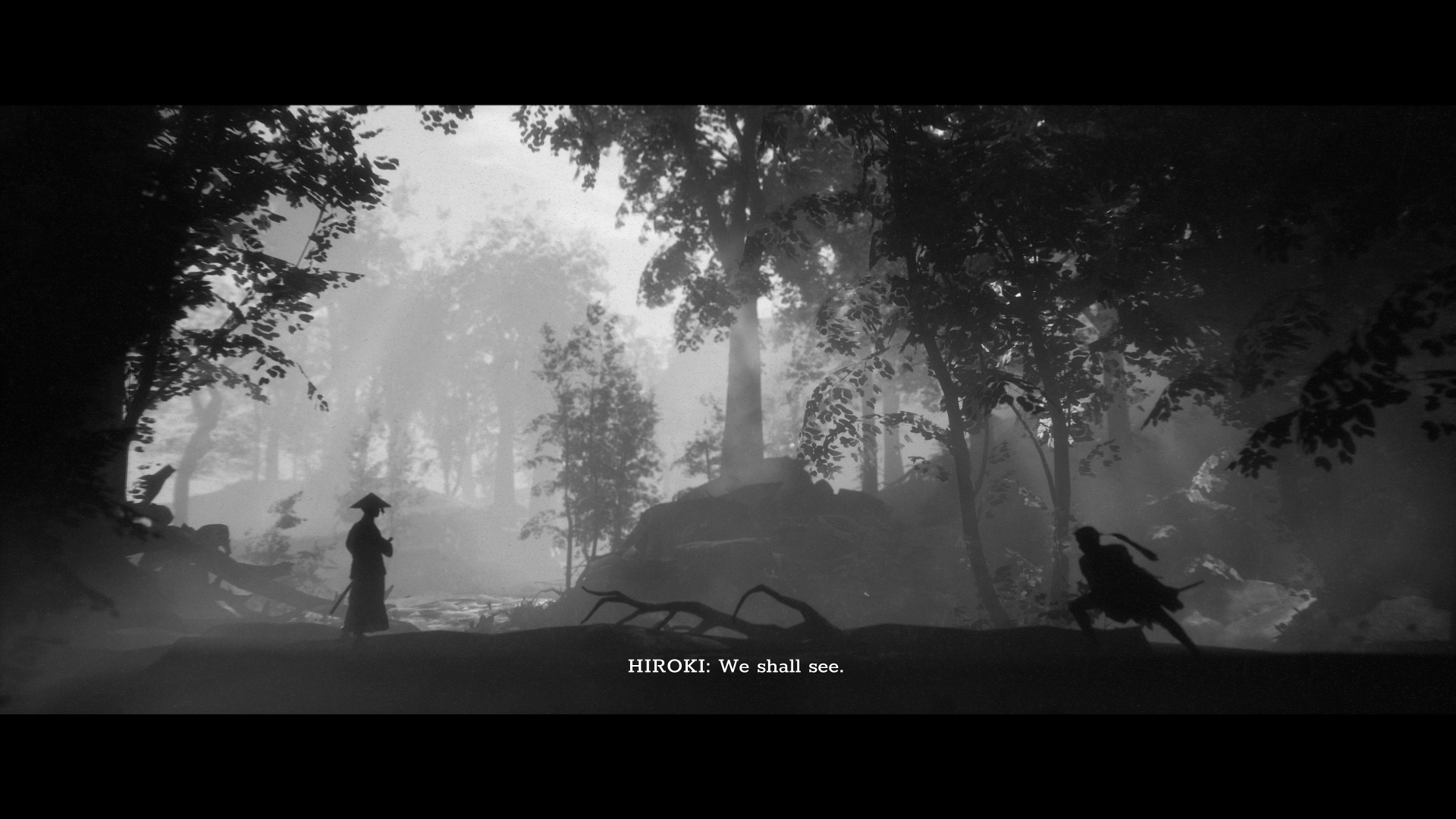
-
Trek to Yomi PS5 Review #15

-
Trek to Yomi PS5 Review #16
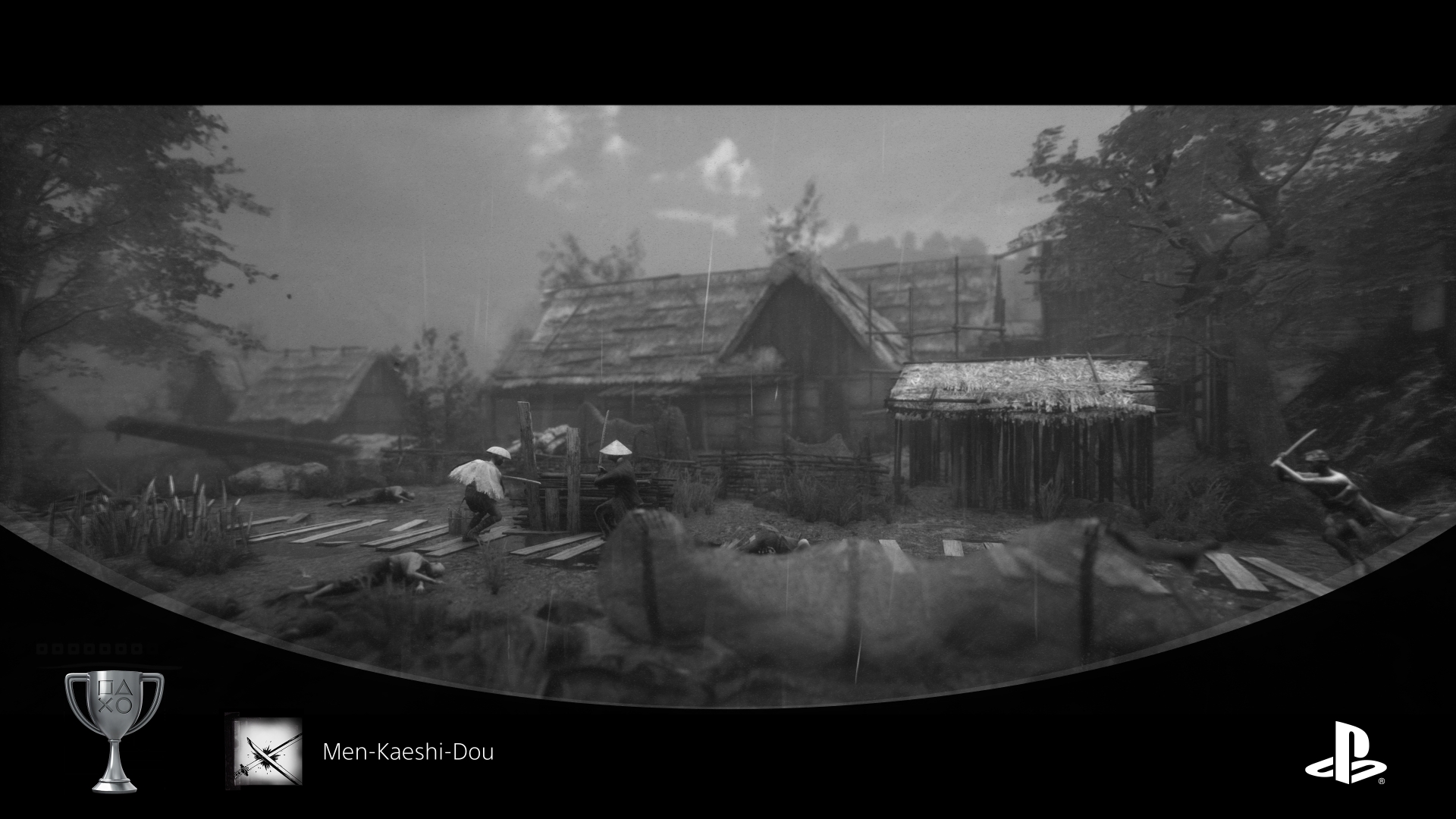
-
Trek to Yomi PS5 Review #17
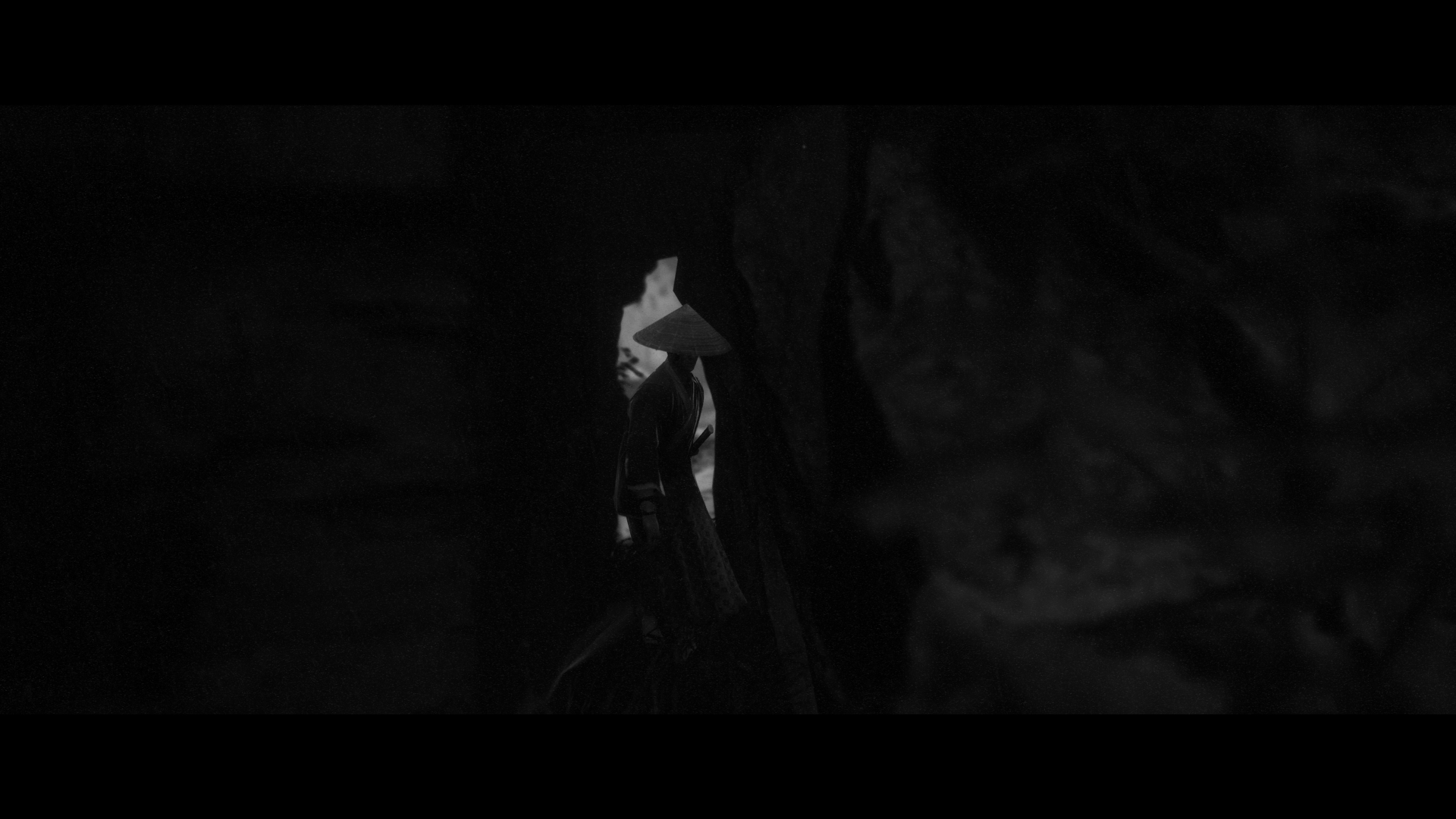
-
Trek to Yomi PS5 Review #18
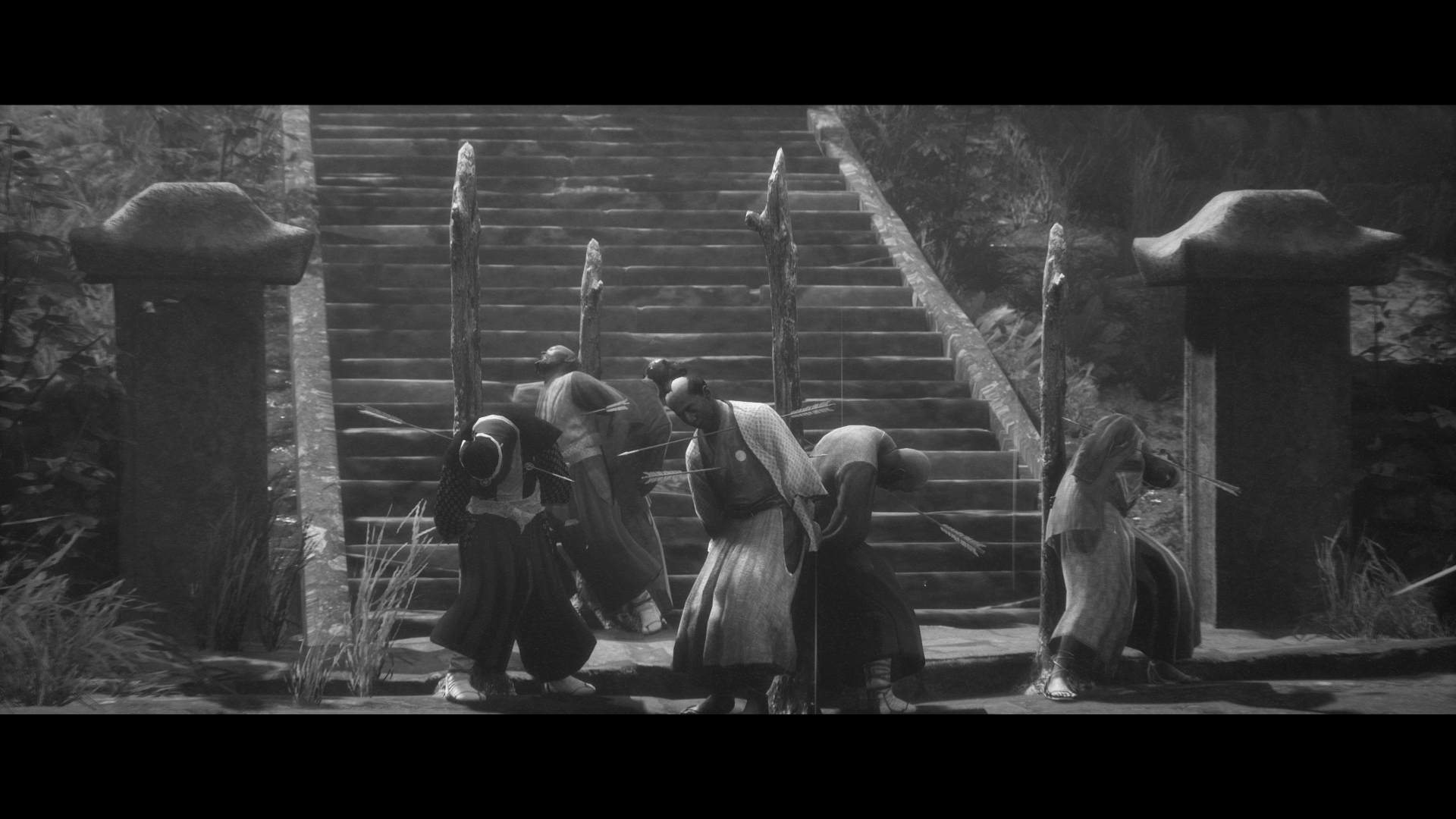
-
Trek to Yomi PS5 Review #19
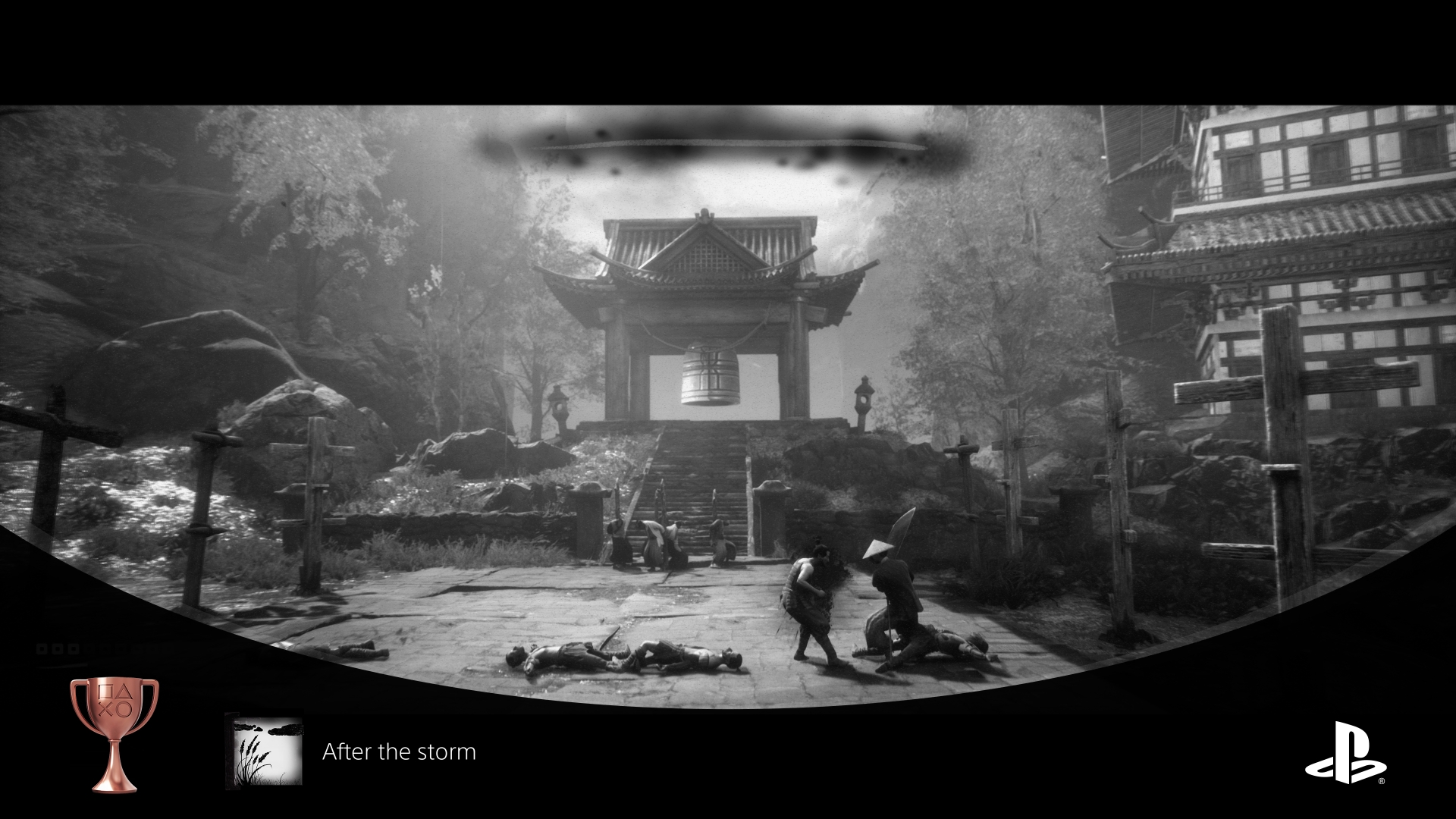
-
Trek to Yomi PS5 Review #20
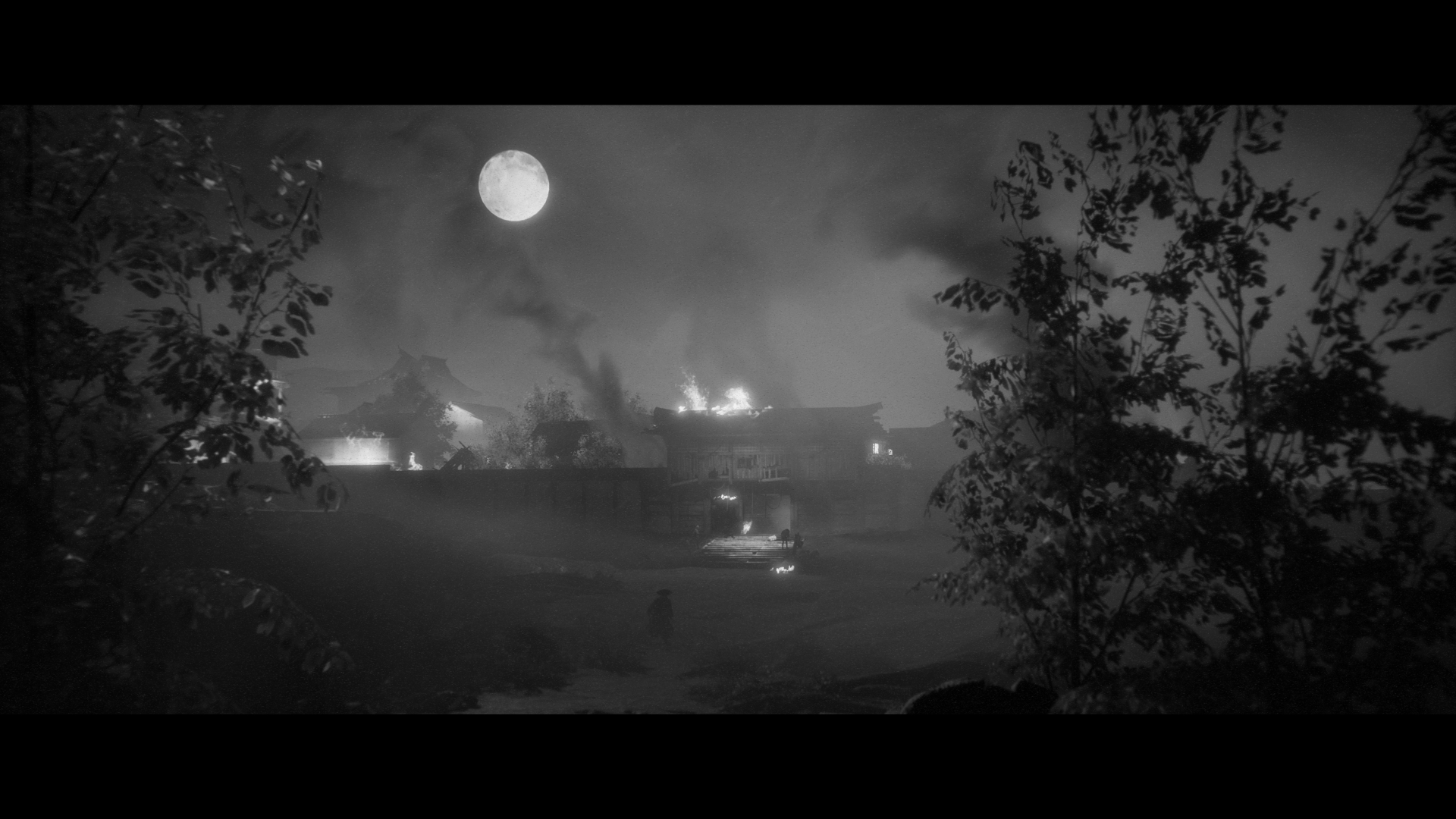
-
Trek to Yomi PS5 Review #21

-
Trek to Yomi PS5 Review #22
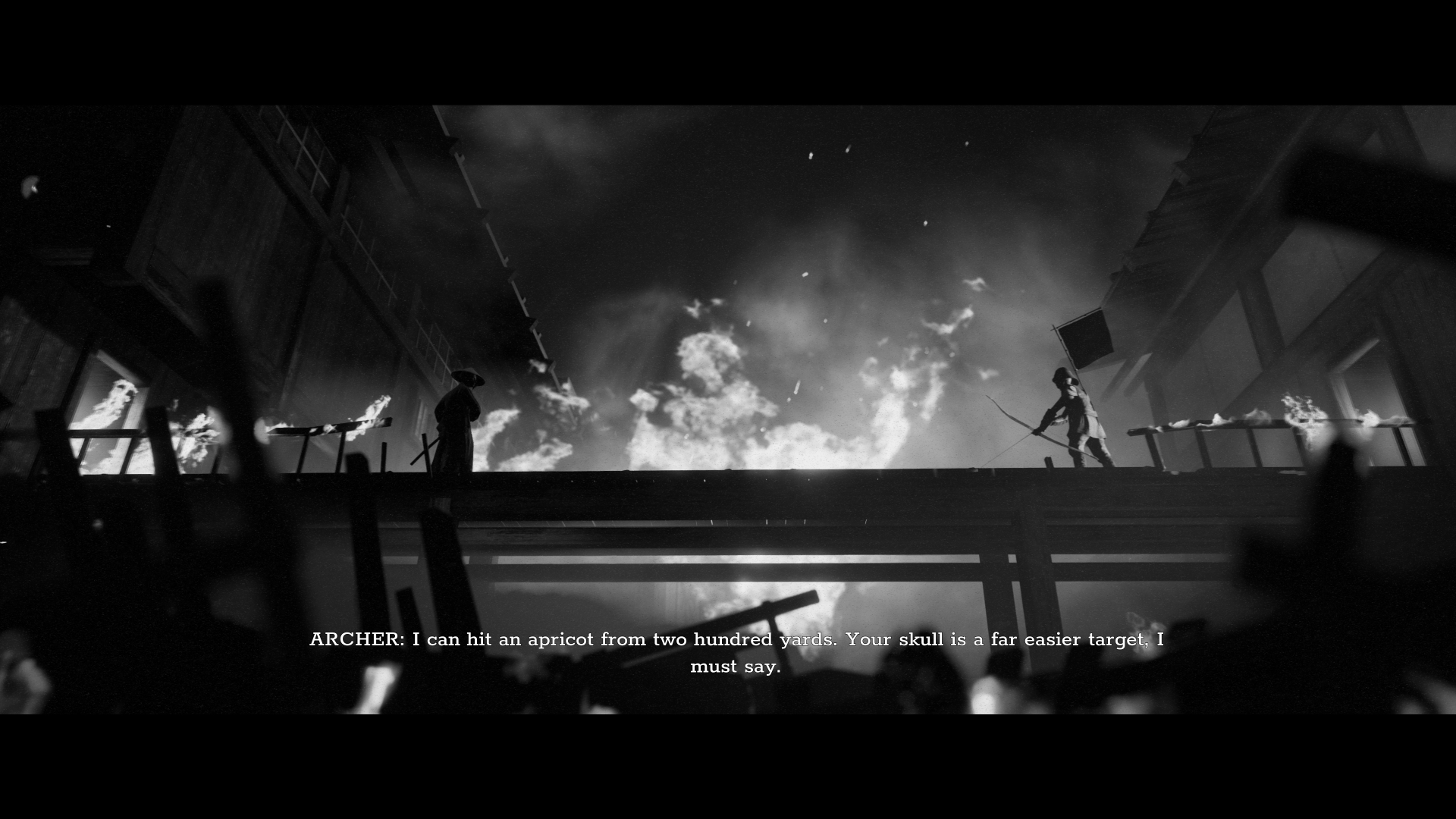
-
Trek to Yomi PS5 Review #23
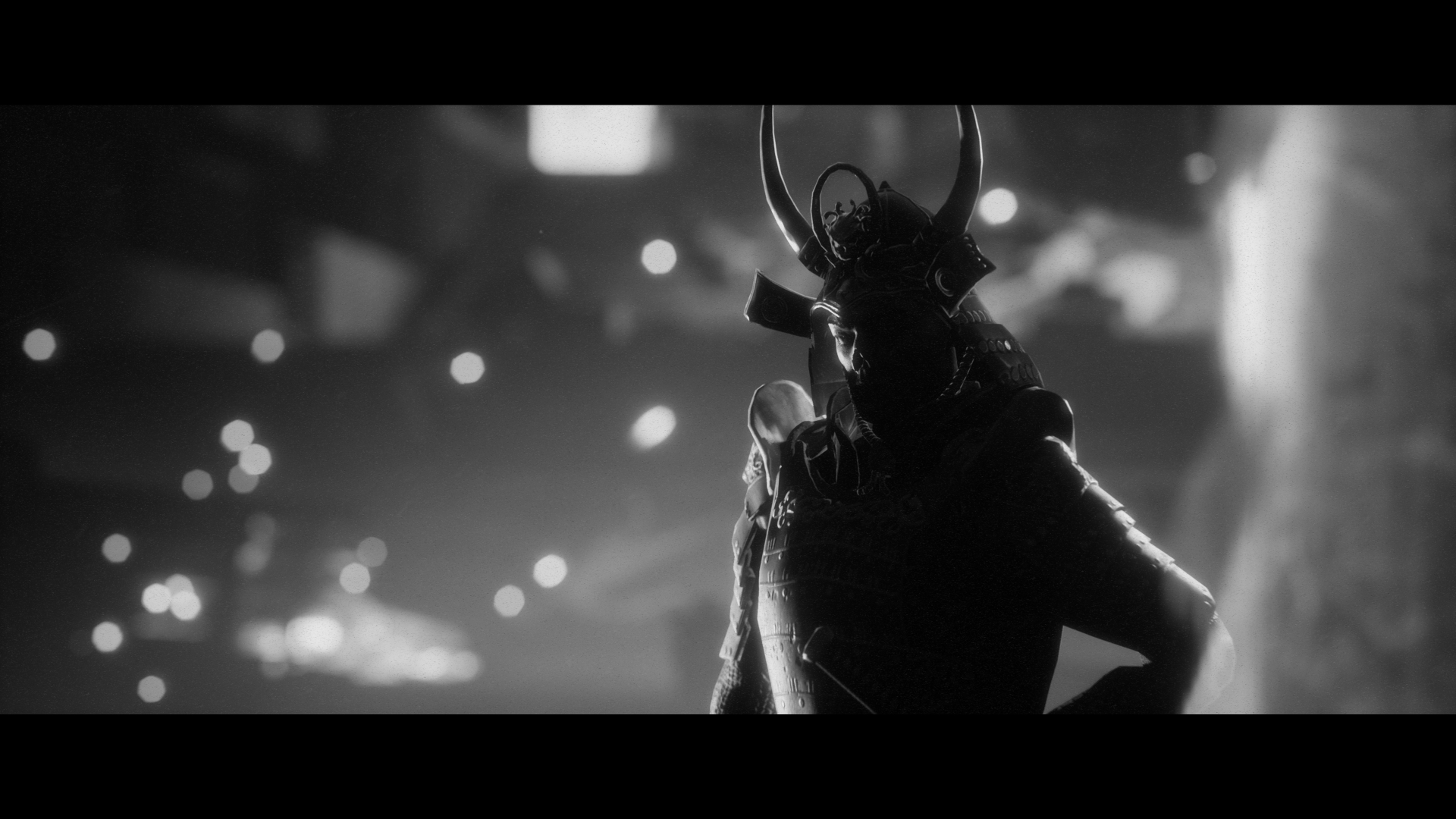
-
Trek to Yomi PS5 Review #24

-
Trek to Yomi PS5 Review #25
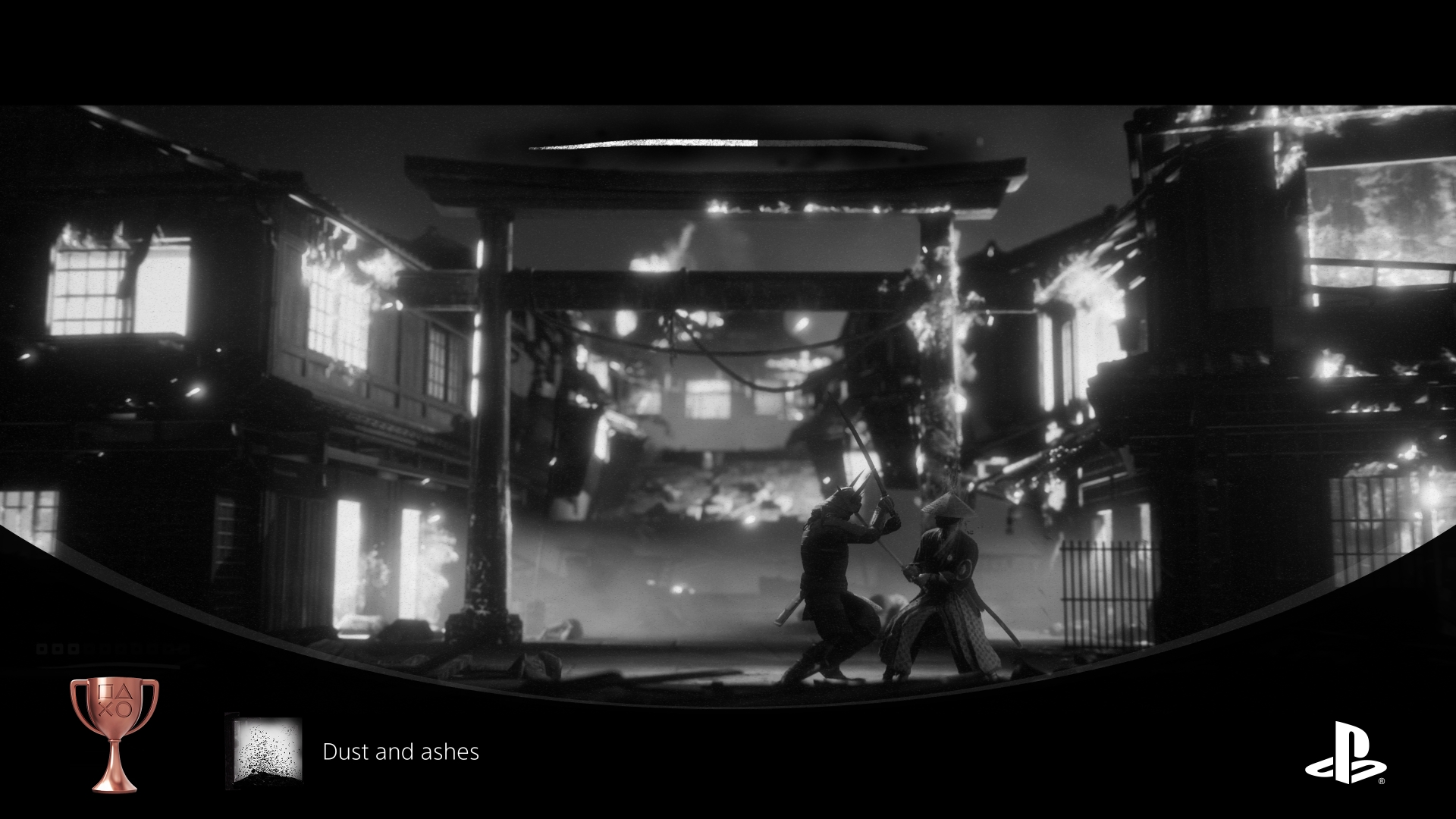
-
Trek to Yomi PS5 Review #26
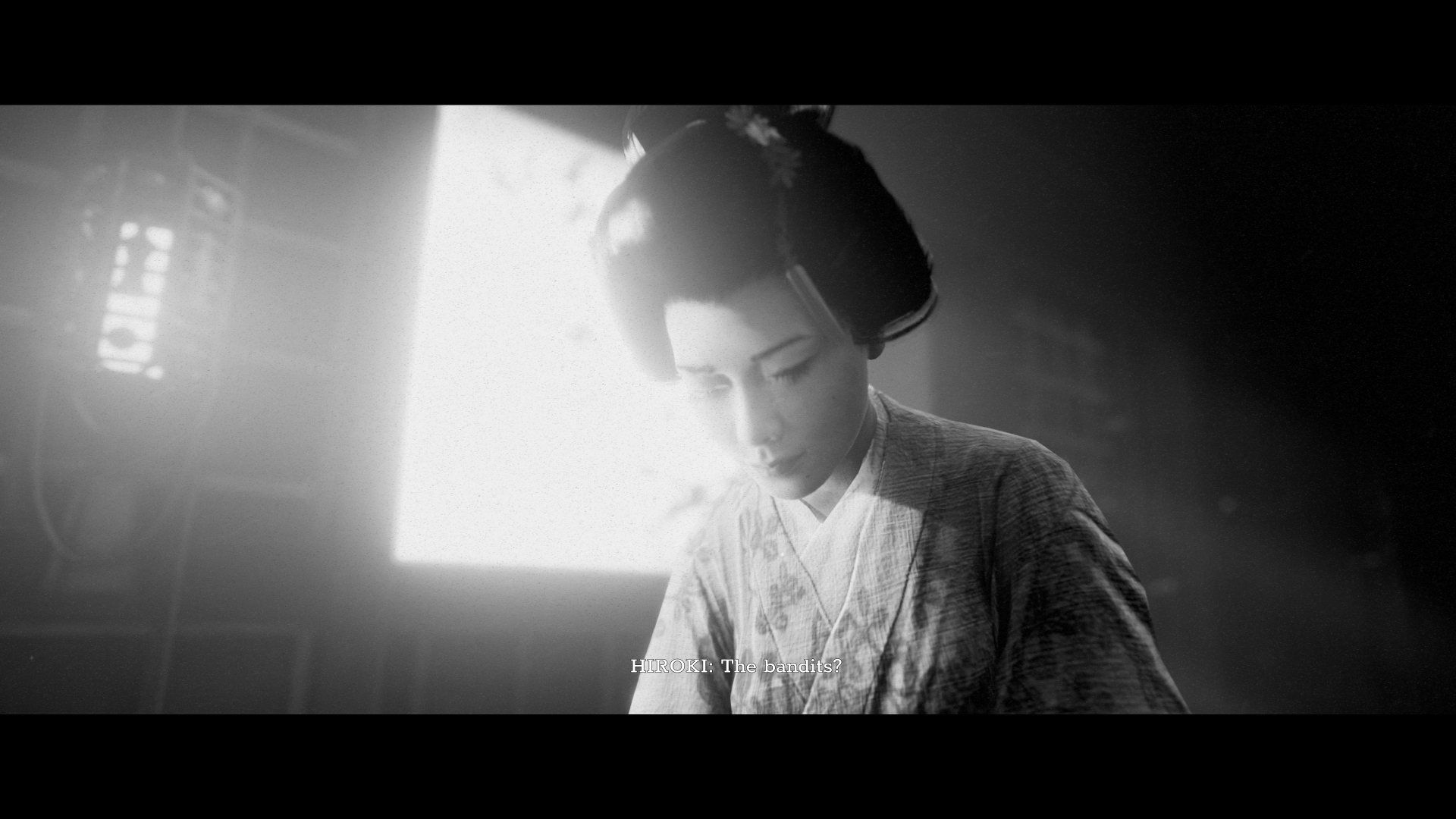
-
Trek to Yomi PS5 Review #27
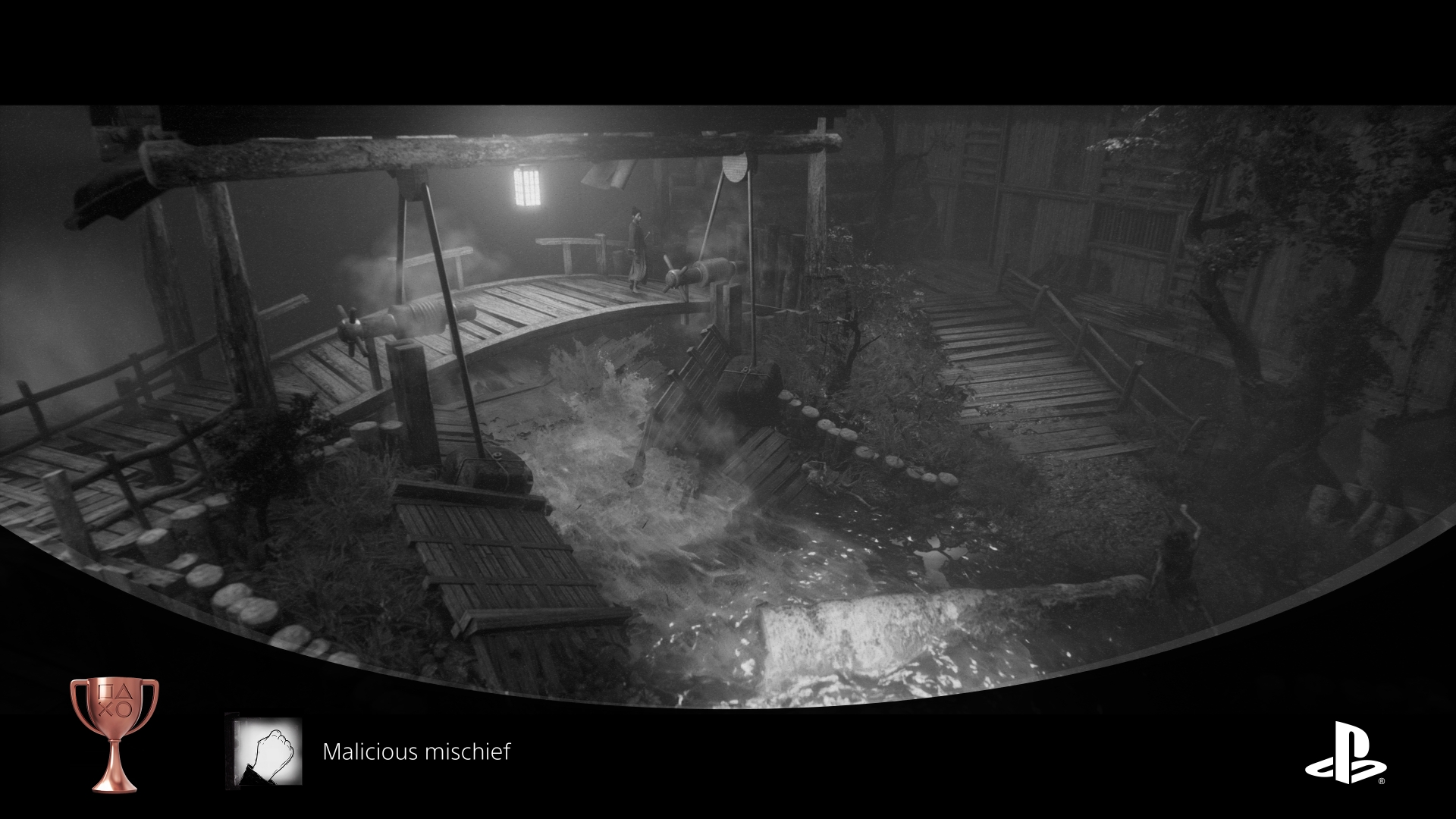
-
Trek to Yomi PS5 Review #28
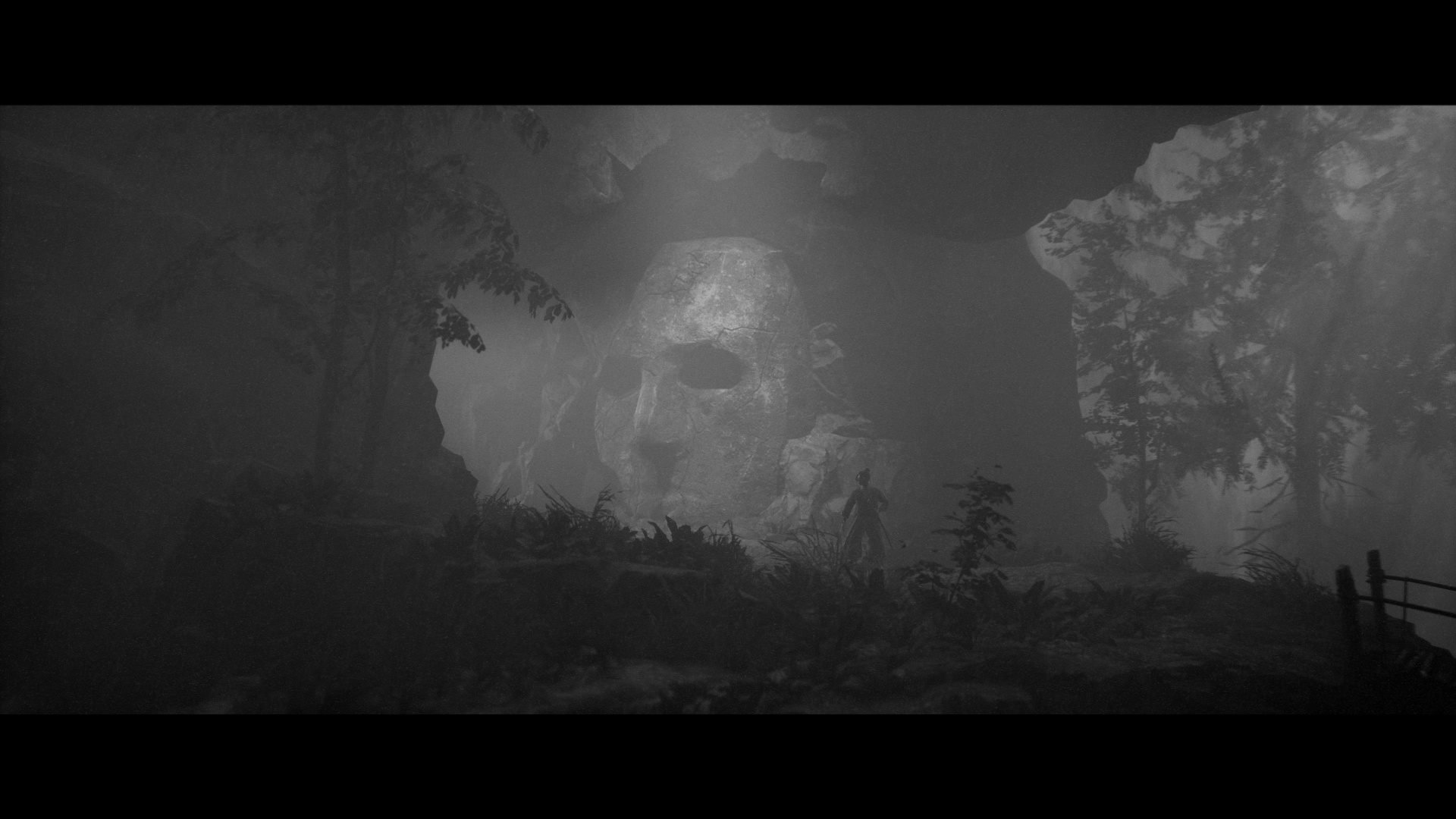
-
Trek to Yomi PS5 Review #29
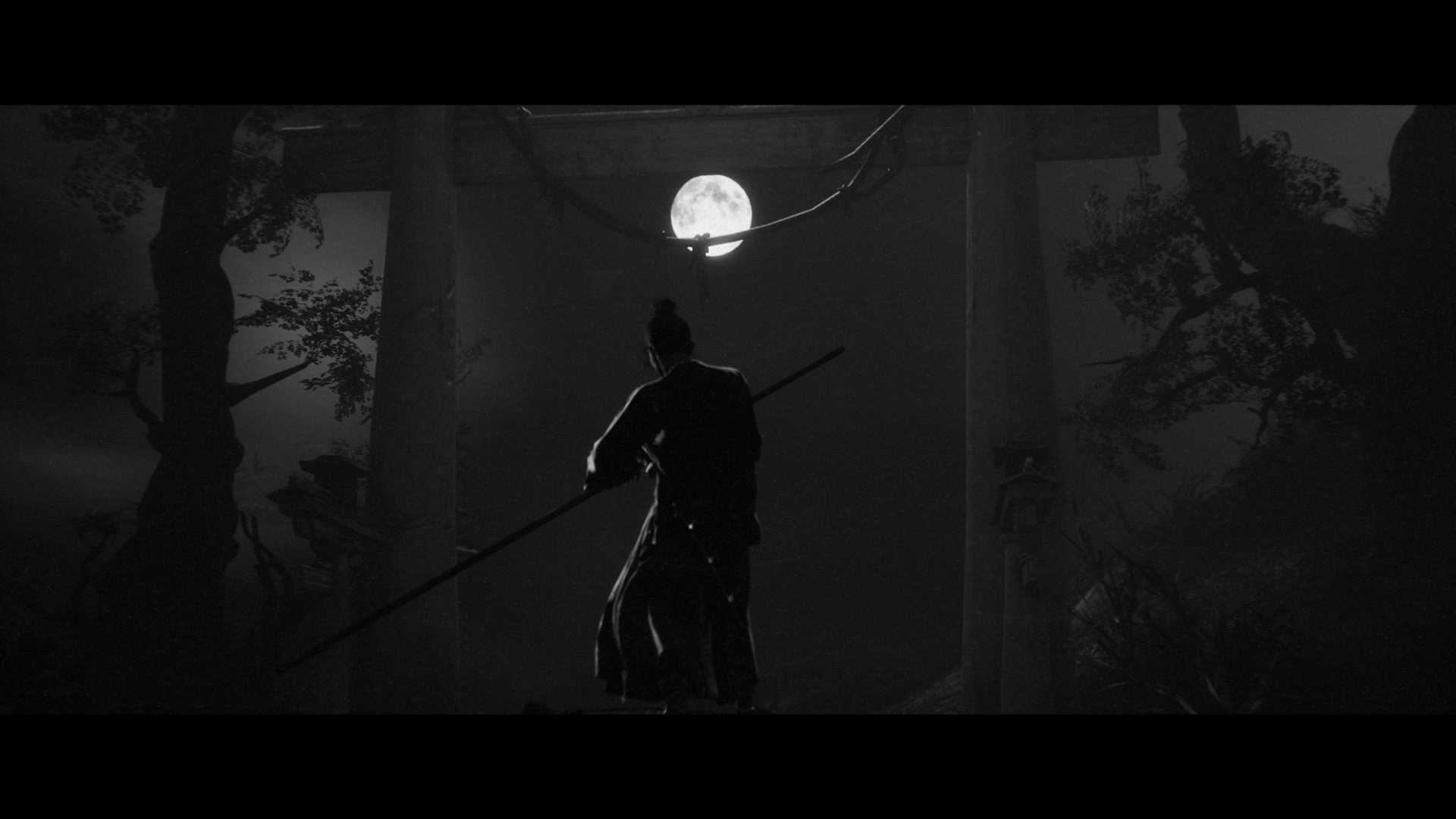
-
Trek to Yomi PS5 Review #30
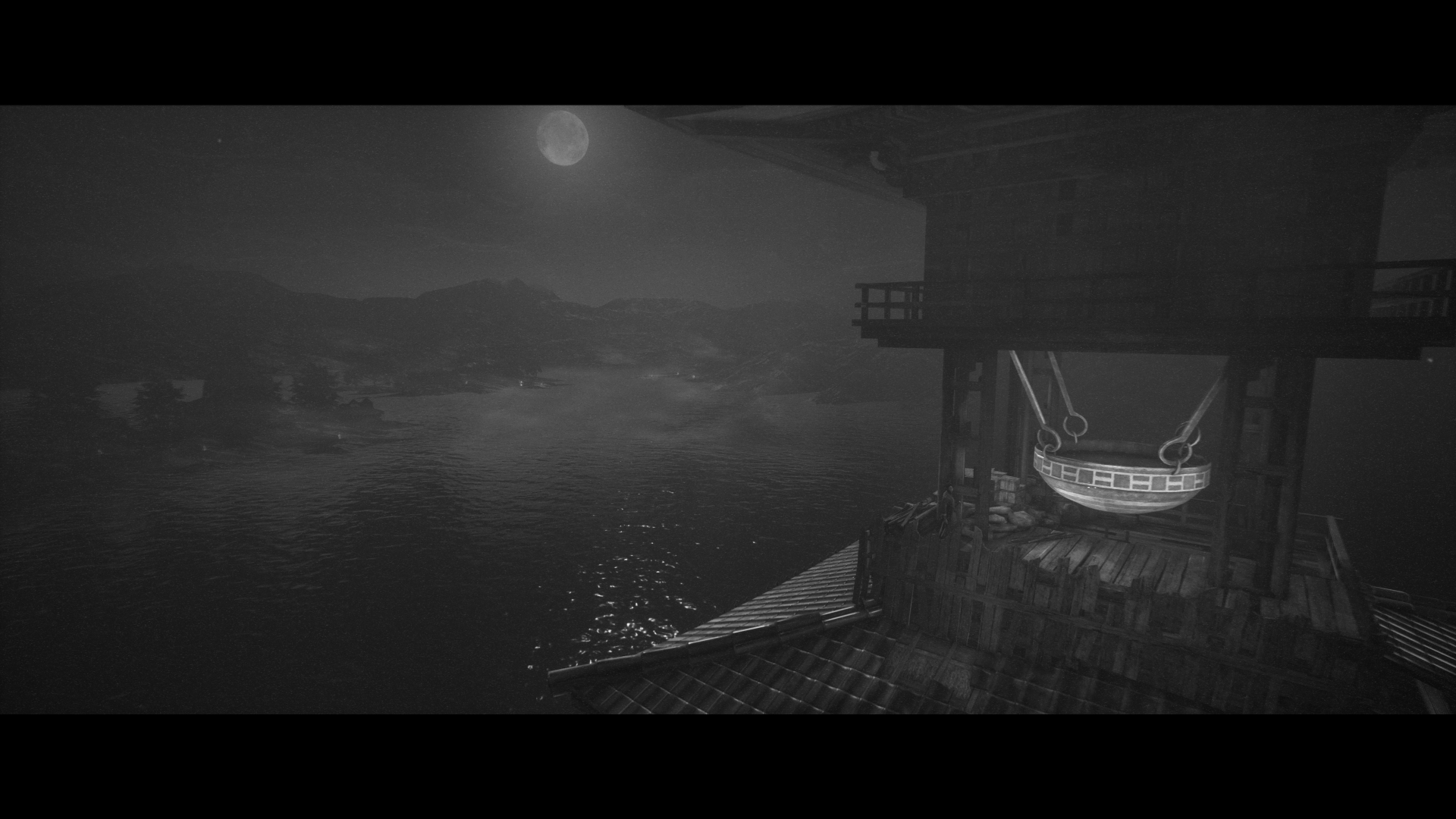
-
Trek to Yomi PS5 Review #31
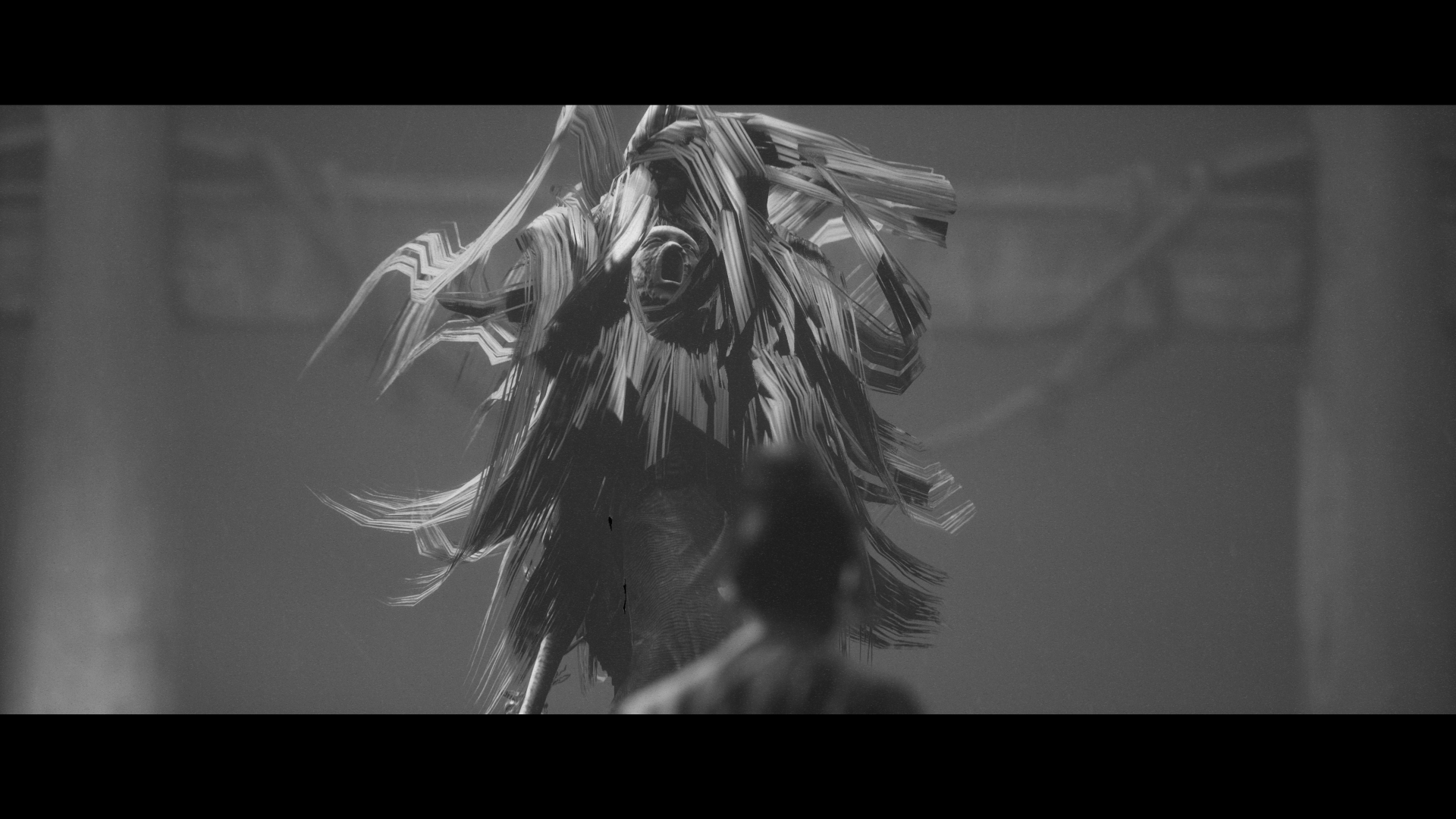
-
Trek to Yomi PS5 Review #32
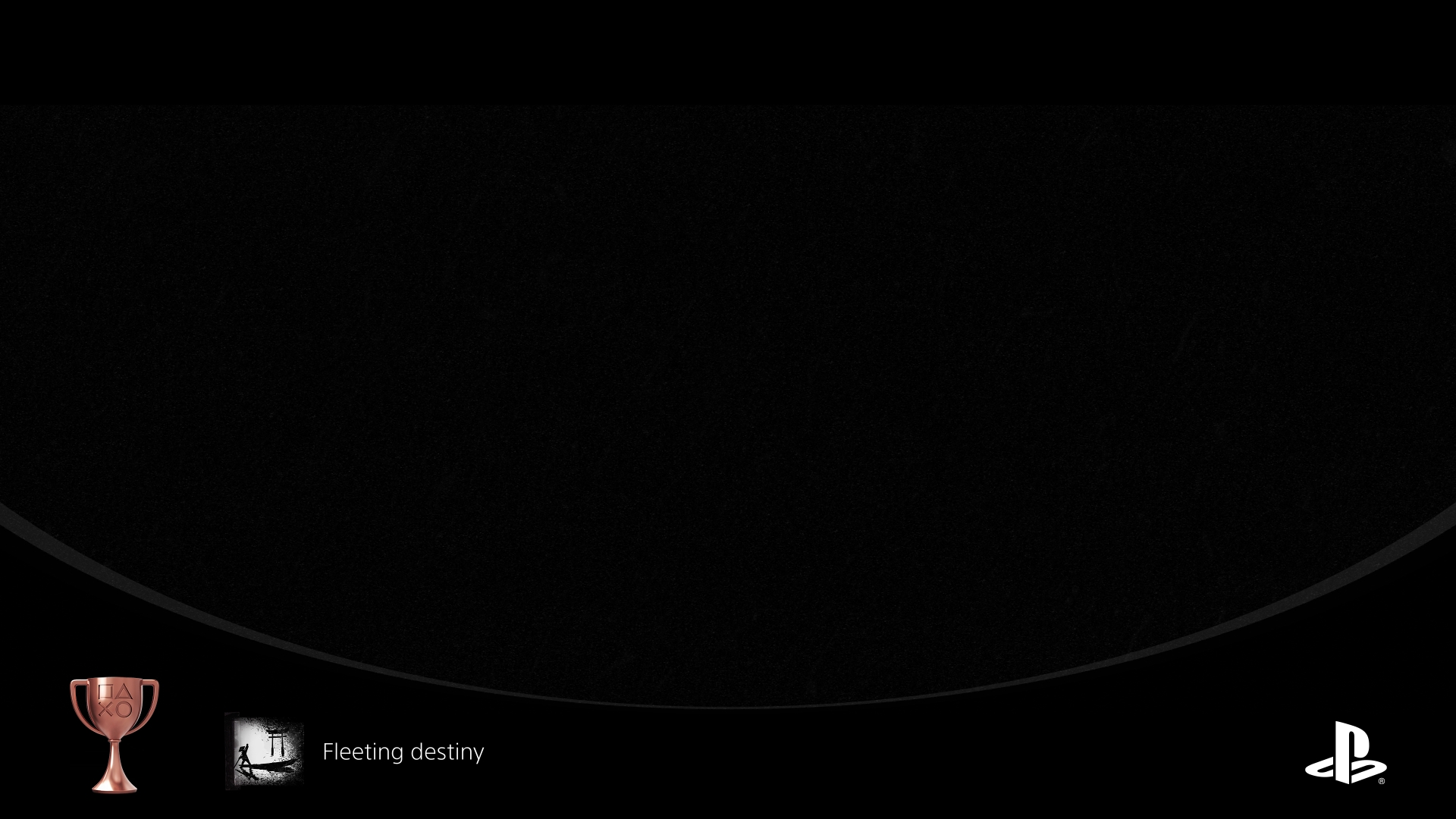
-
Trek to Yomi PS5 Review #33
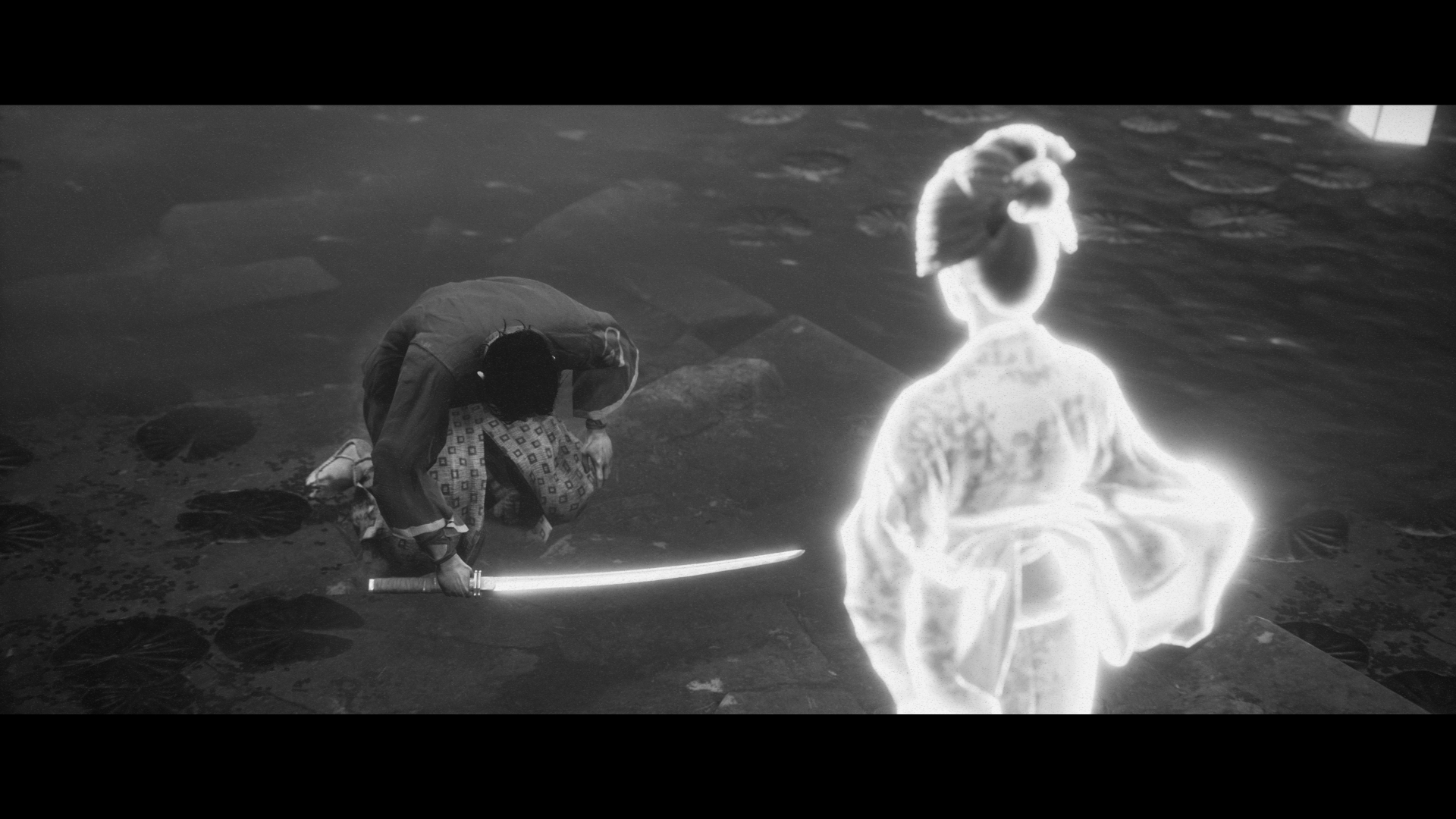
-
Trek to Yomi PS5 Review #34
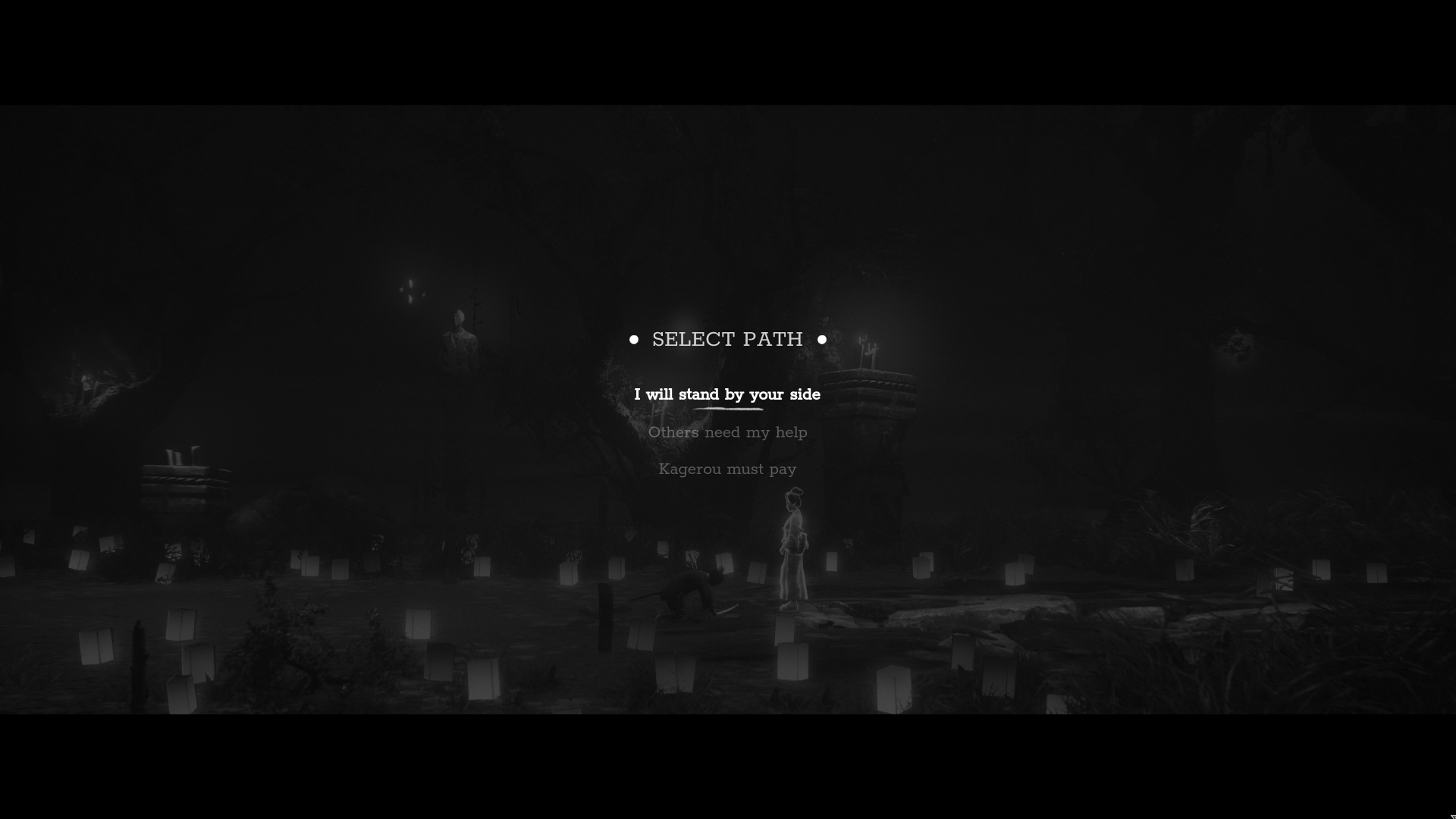
-
Trek to Yomi PS5 Review #35
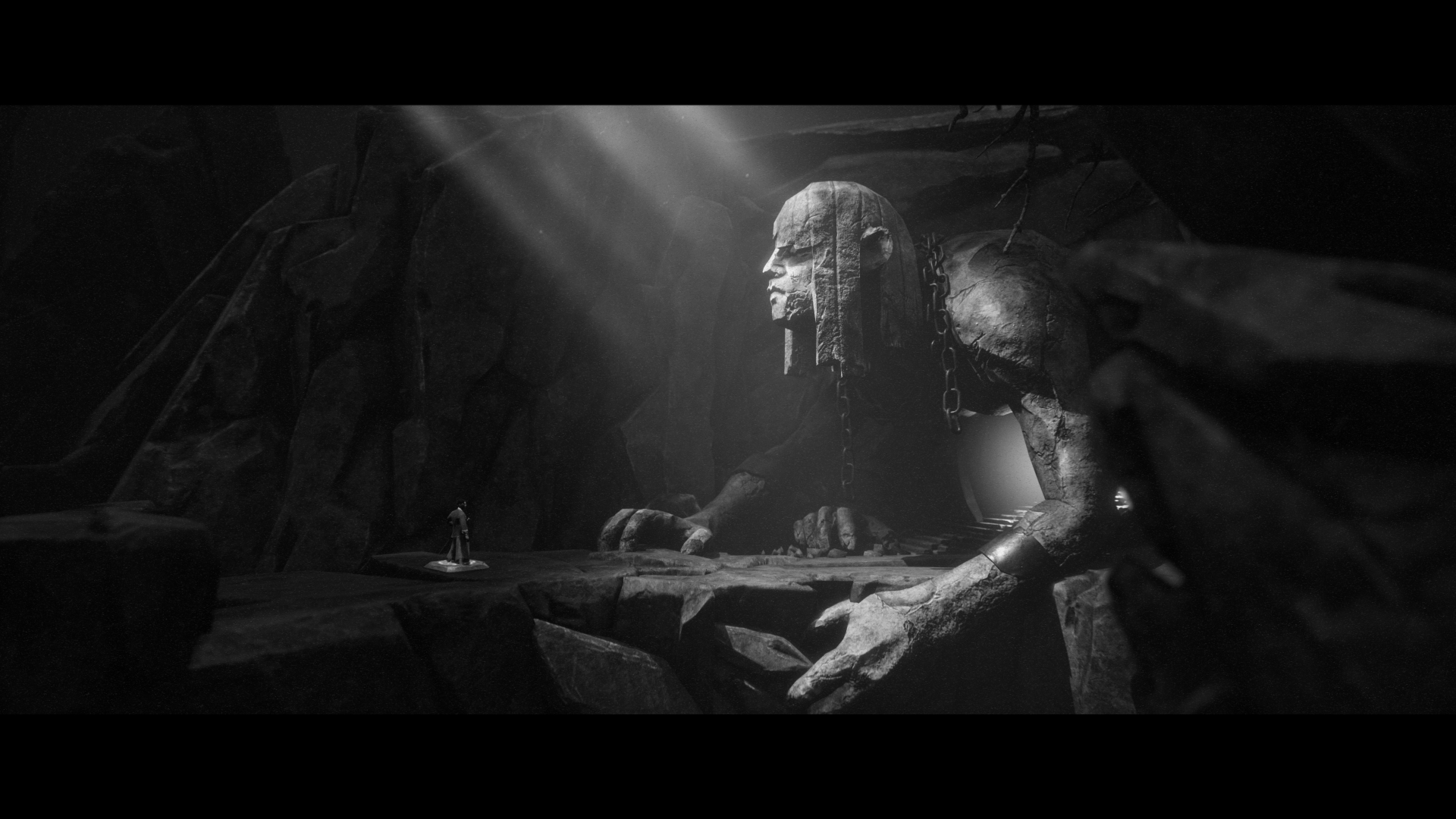
-
Trek to Yomi PS5 Review #36

-
Trek to Yomi PS5 Review #37
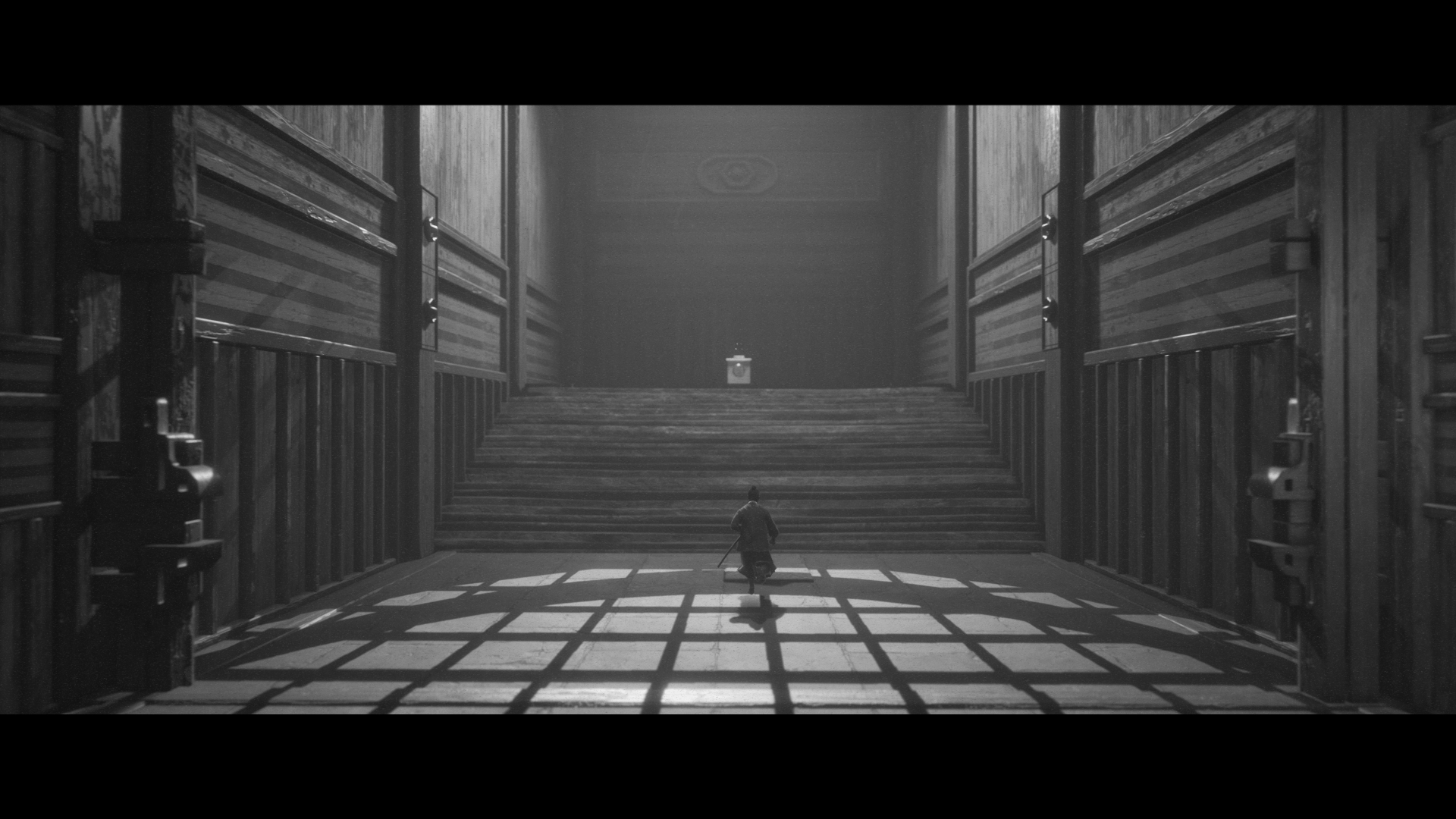
-
Trek to Yomi PS5 Review #38
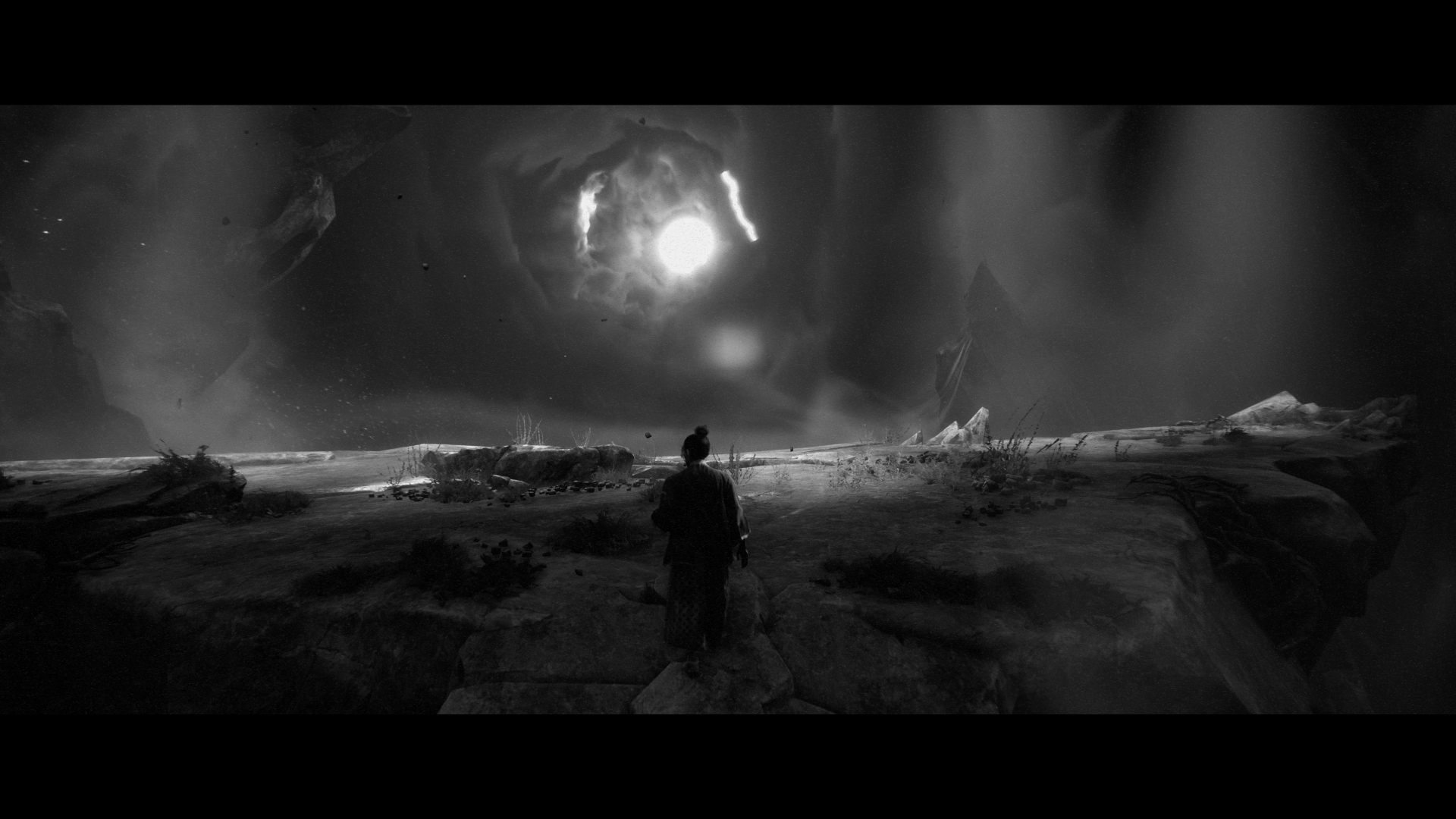
-
Trek to Yomi PS5 Review #39
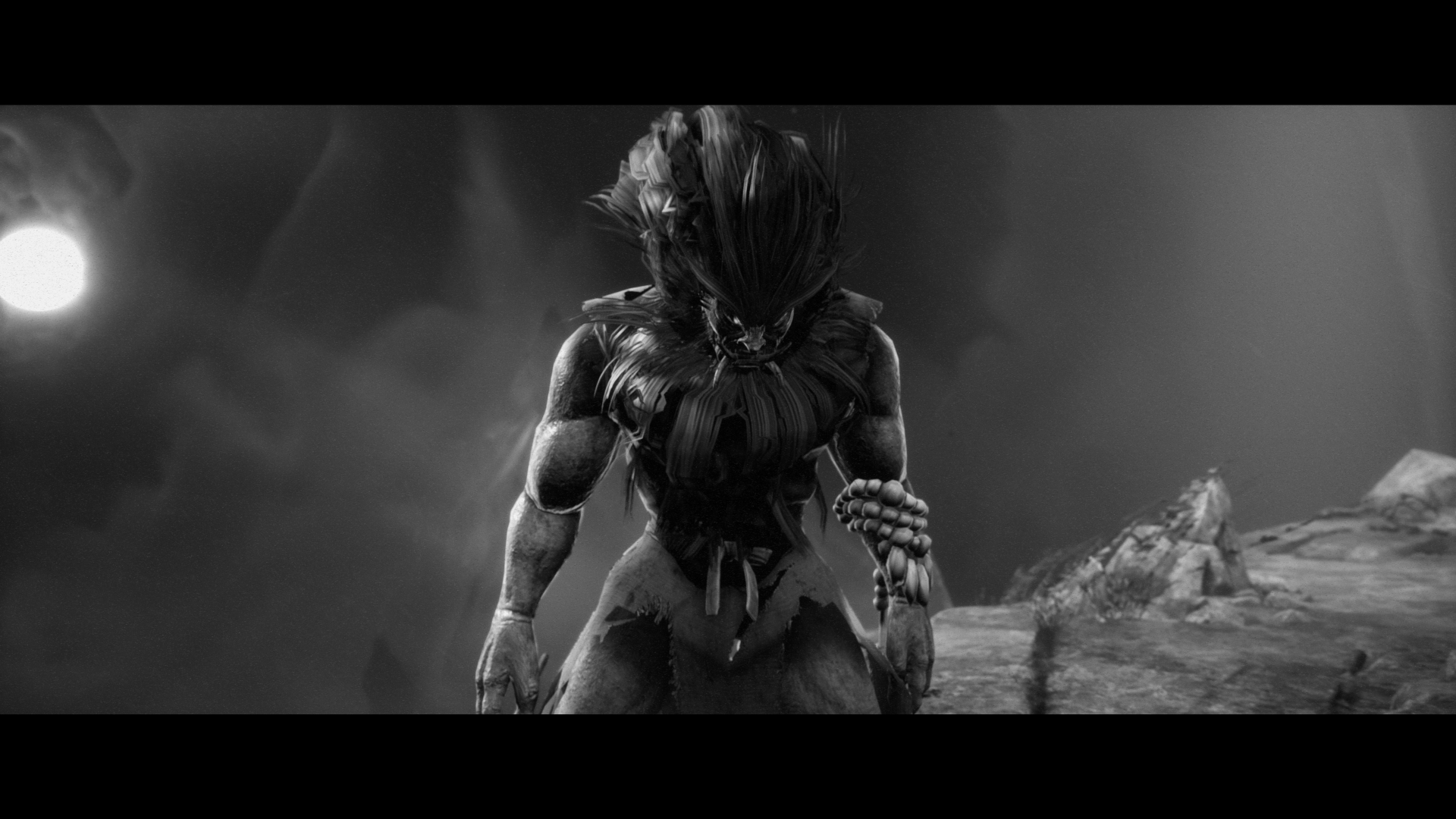
-
Trek to Yomi PS5 Review #40

-
Trek to Yomi PS5 Review #41
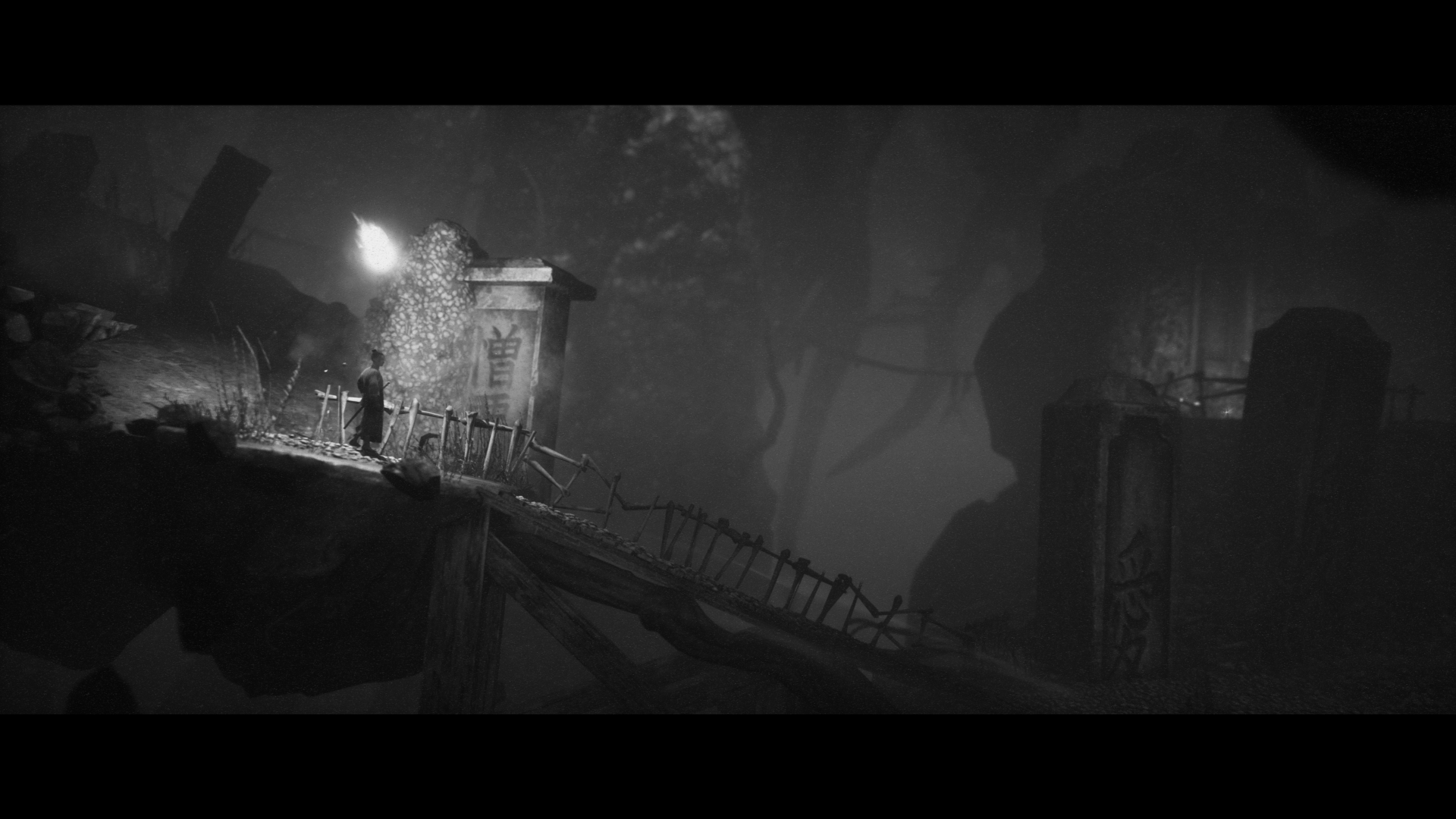
-
Trek to Yomi PS5 Review #42
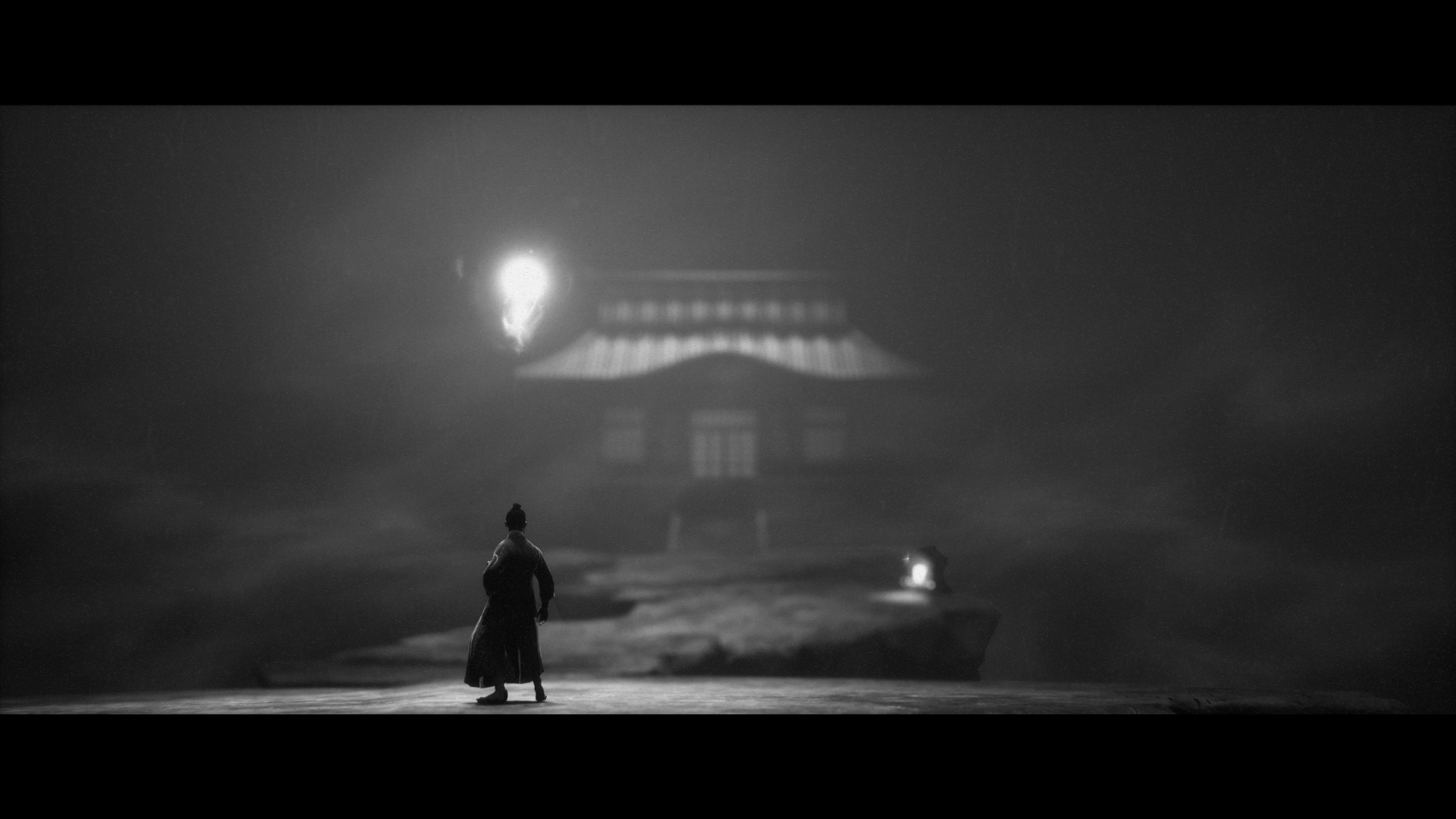
-
Trek to Yomi PS5 Review #43
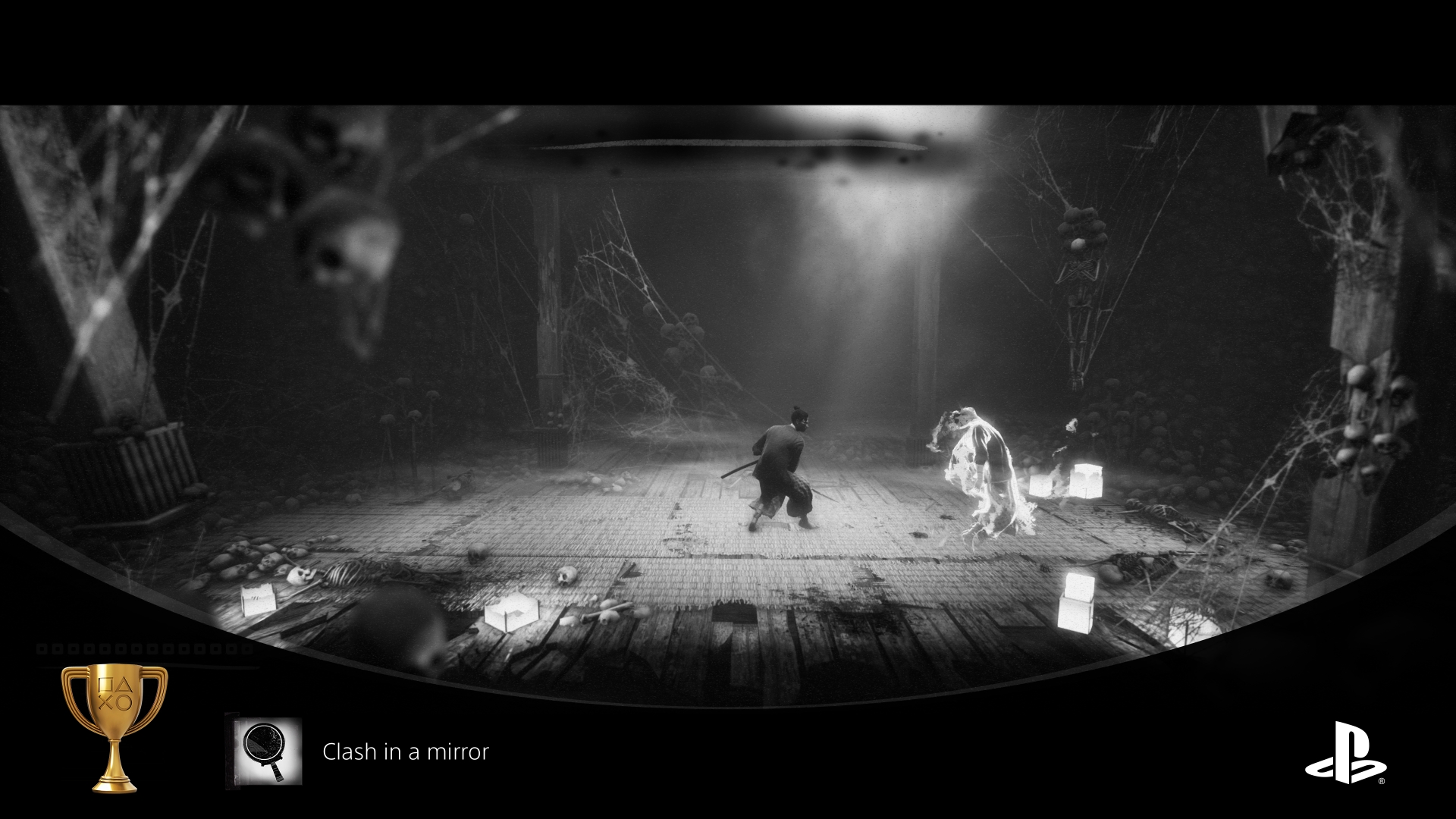
-
Trek to Yomi PS5 Review #44
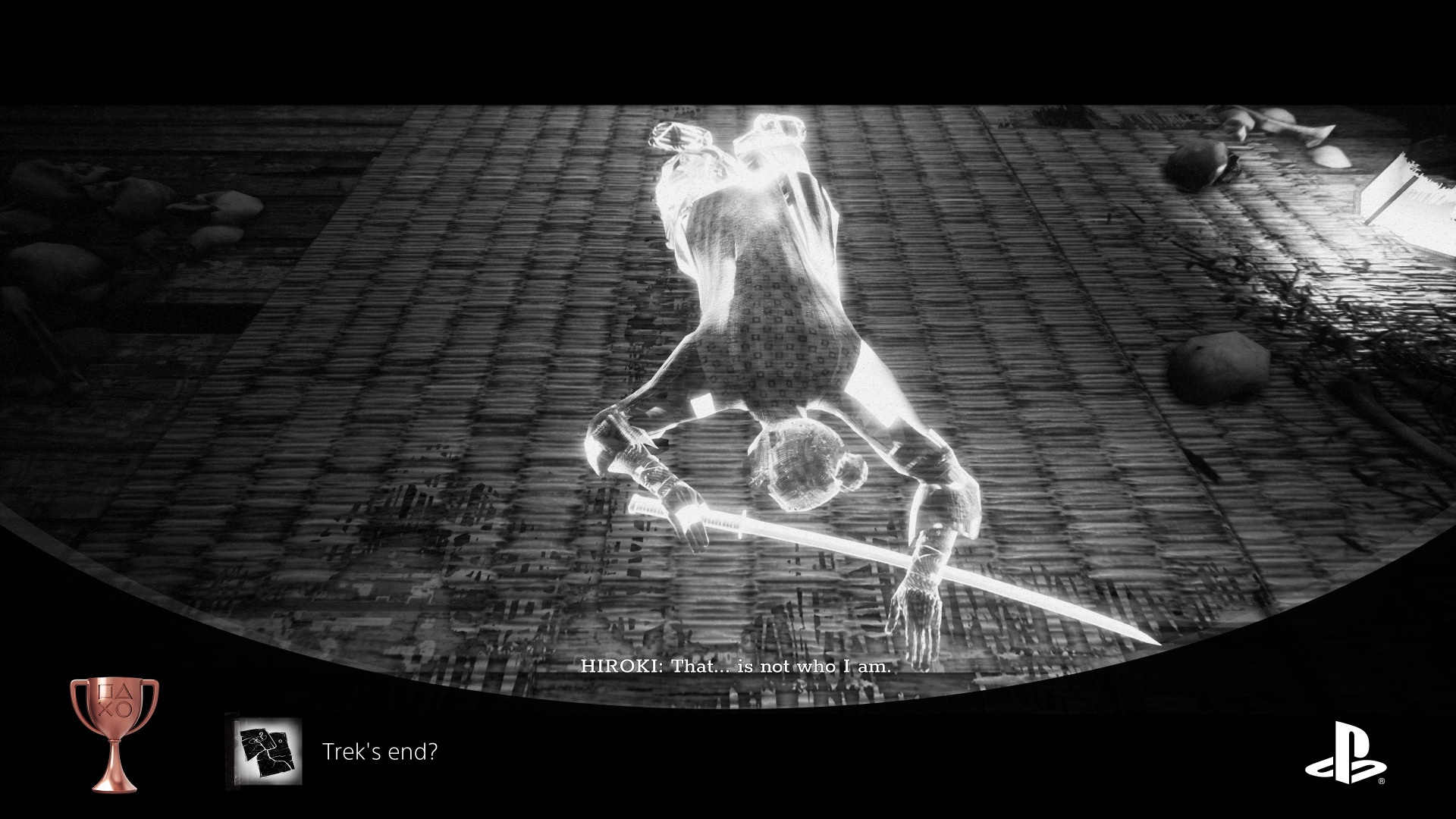
-
Trek to Yomi PS5 Review #45
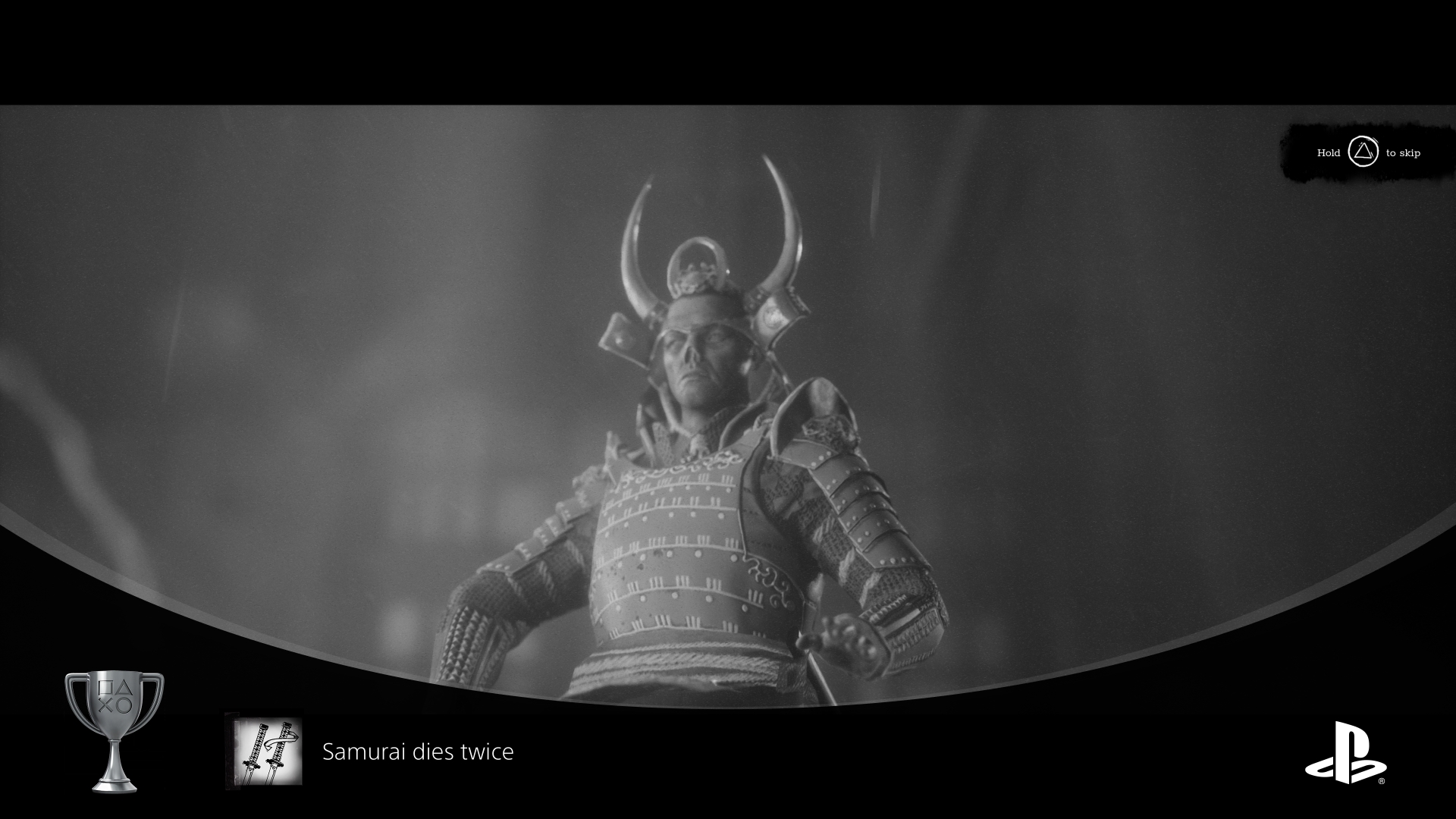
-
Trek to Yomi PS5 Review #46
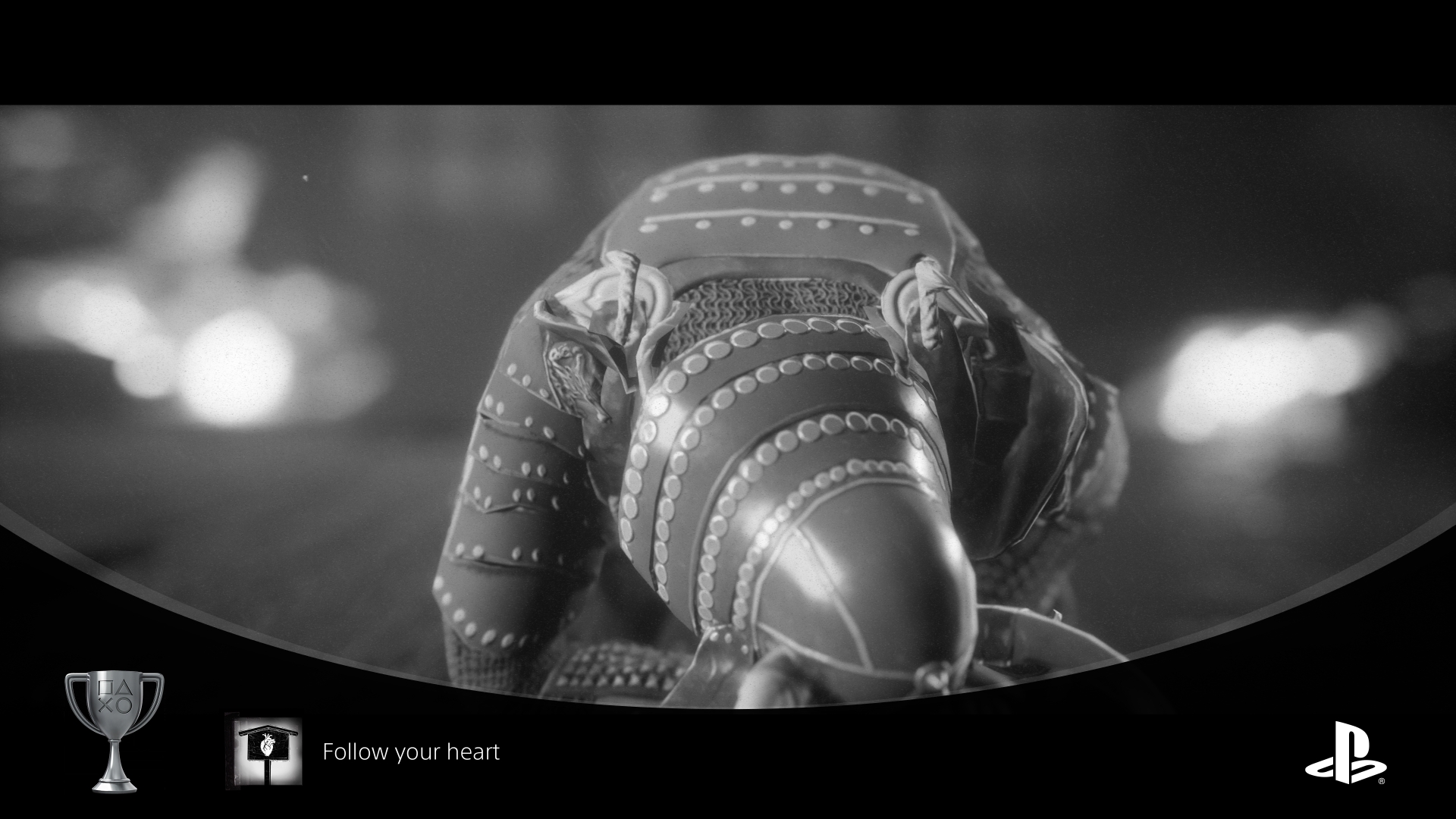
-
Trek to Yomi PS5 Review #47
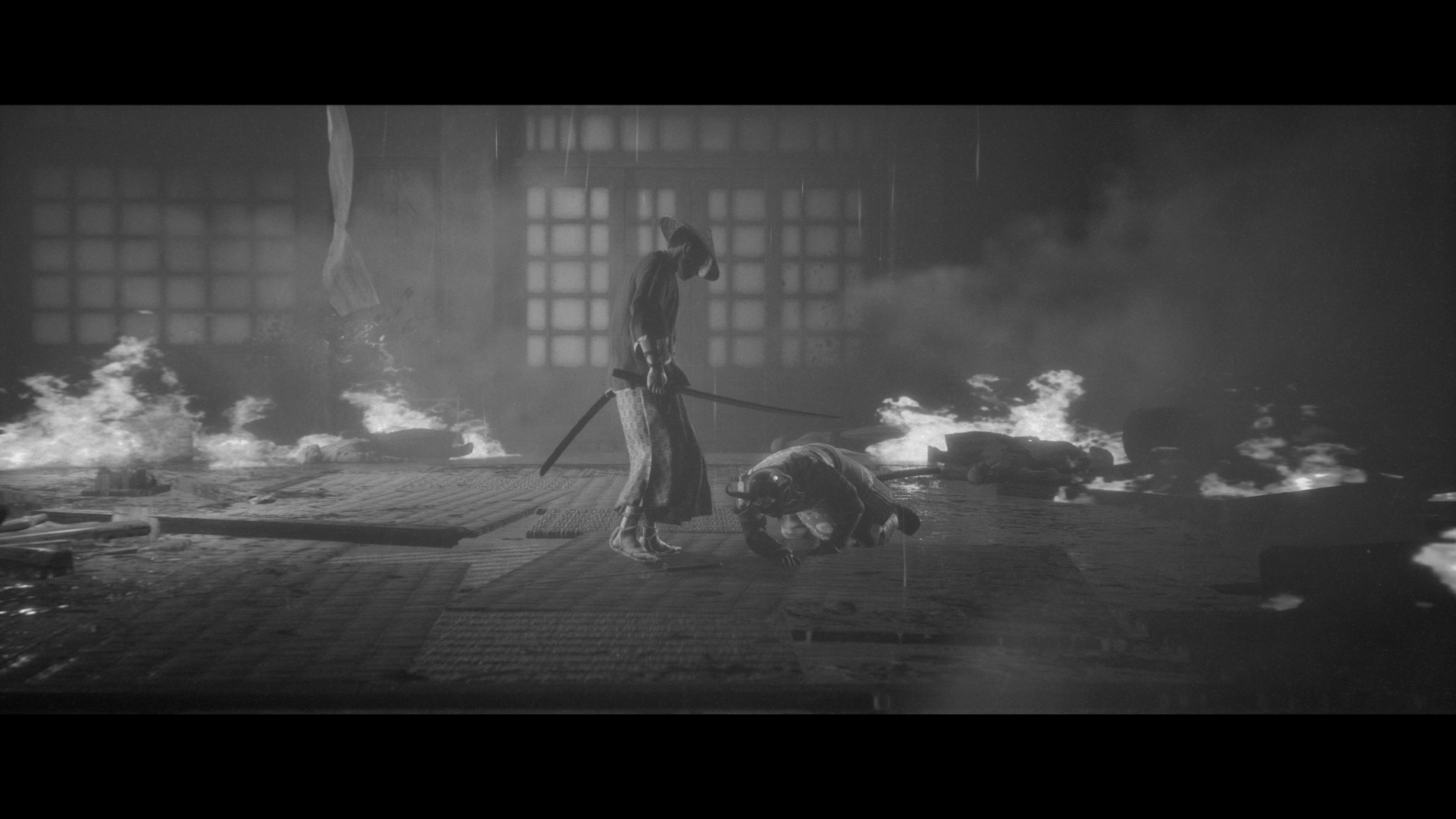
-
Trek to Yomi PS5 Review #48
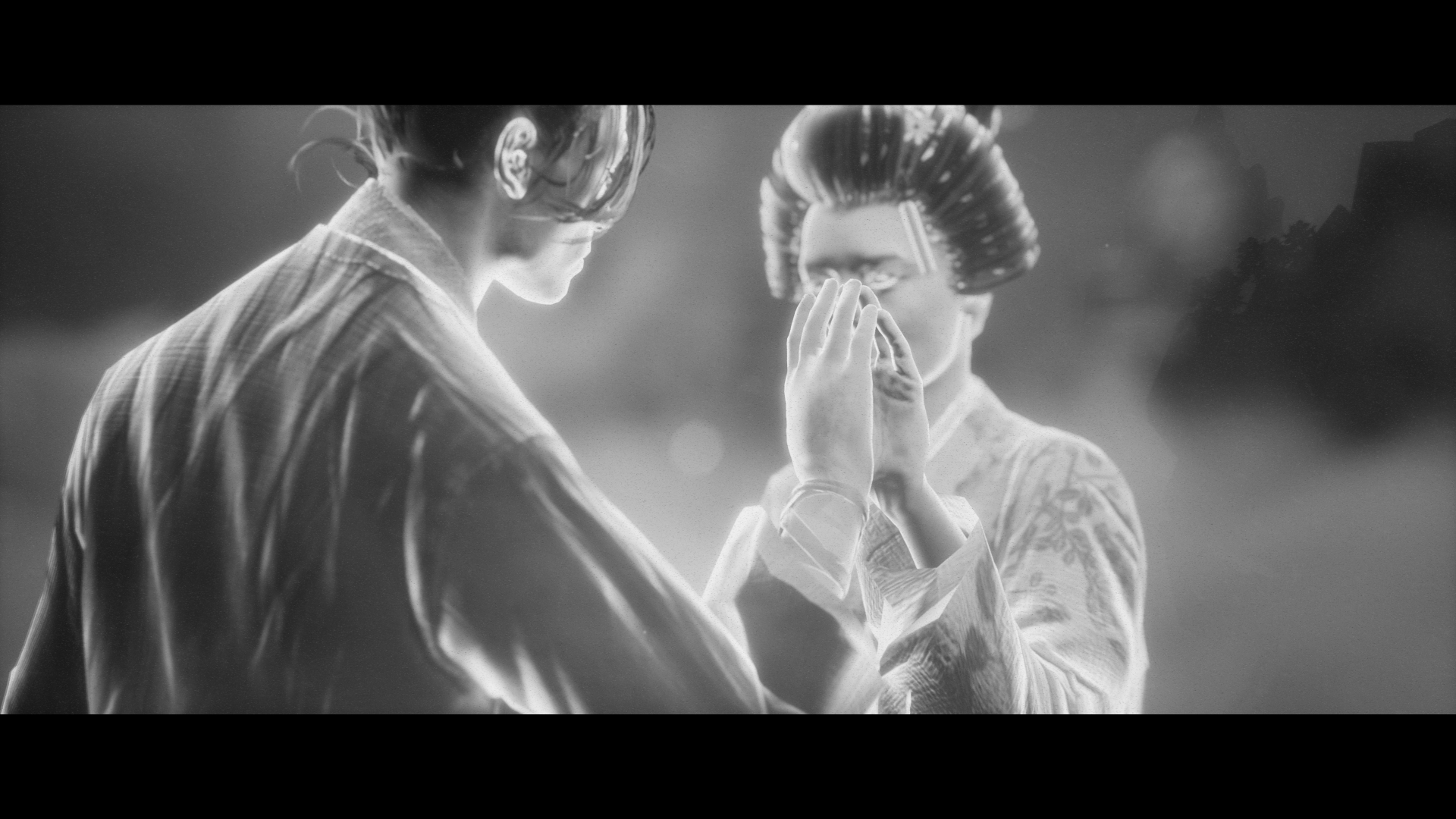
-
Trek to Yomi PS5 Review #49
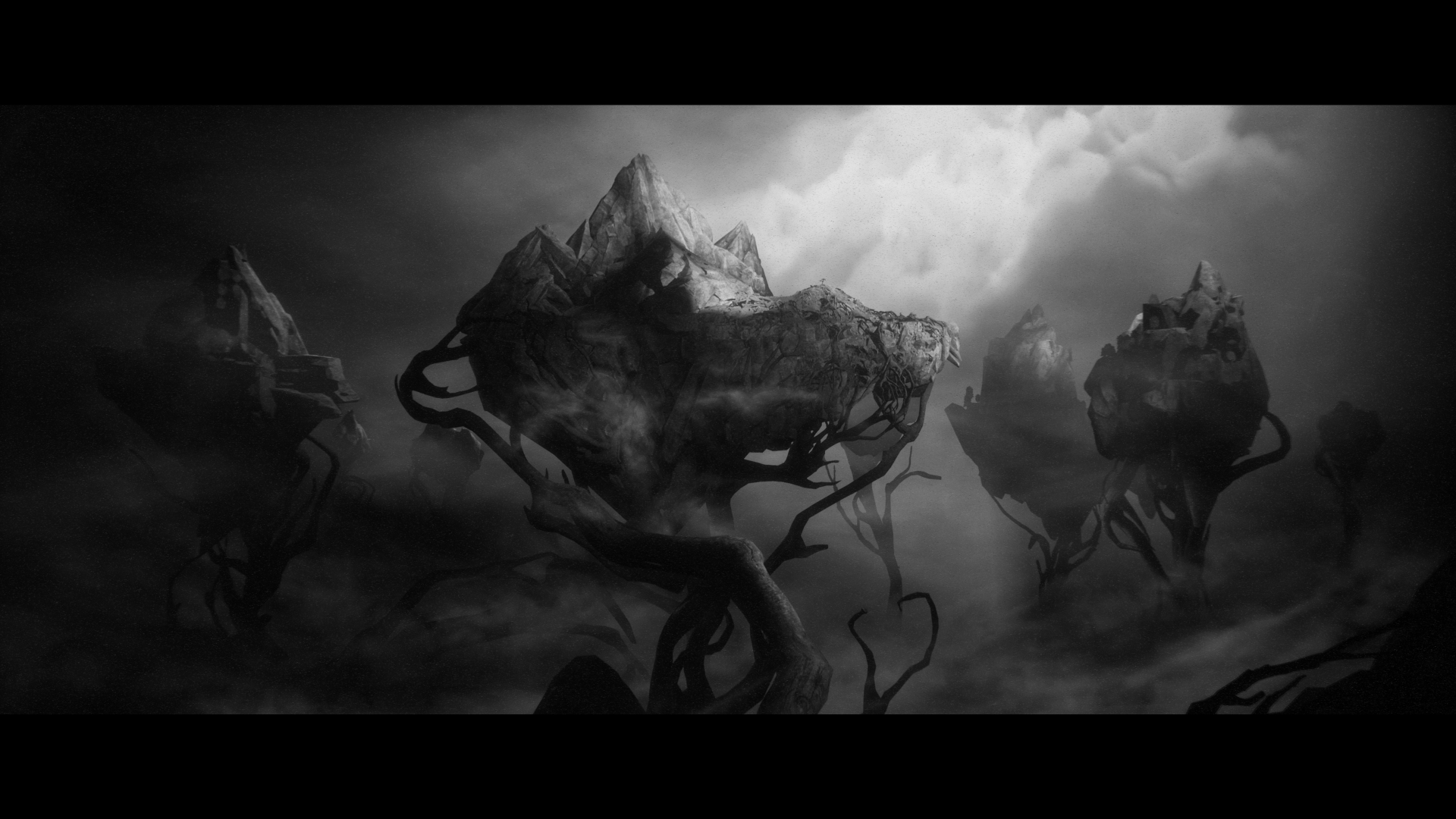
-
Trek to Yomi PS5 Review #50
